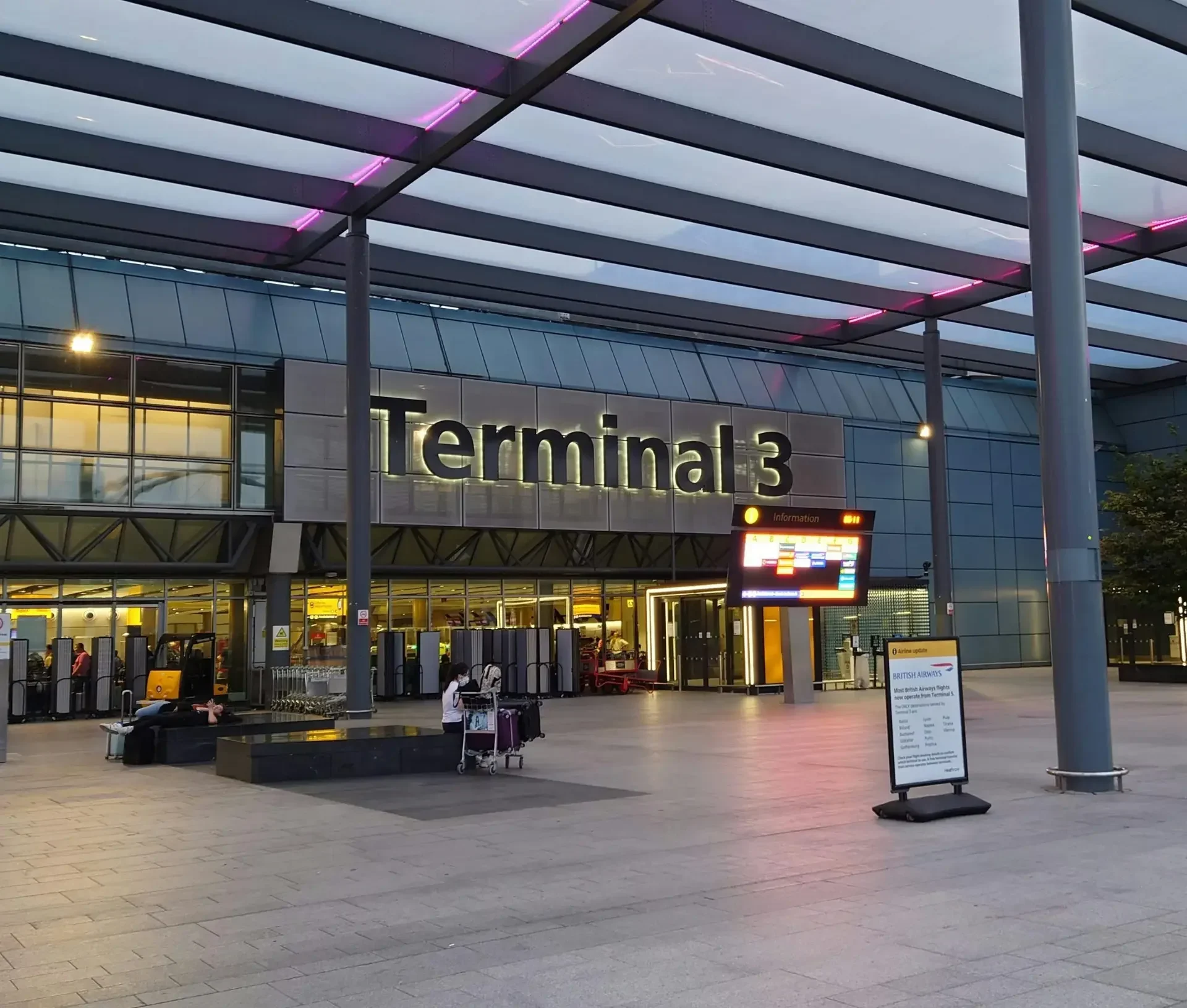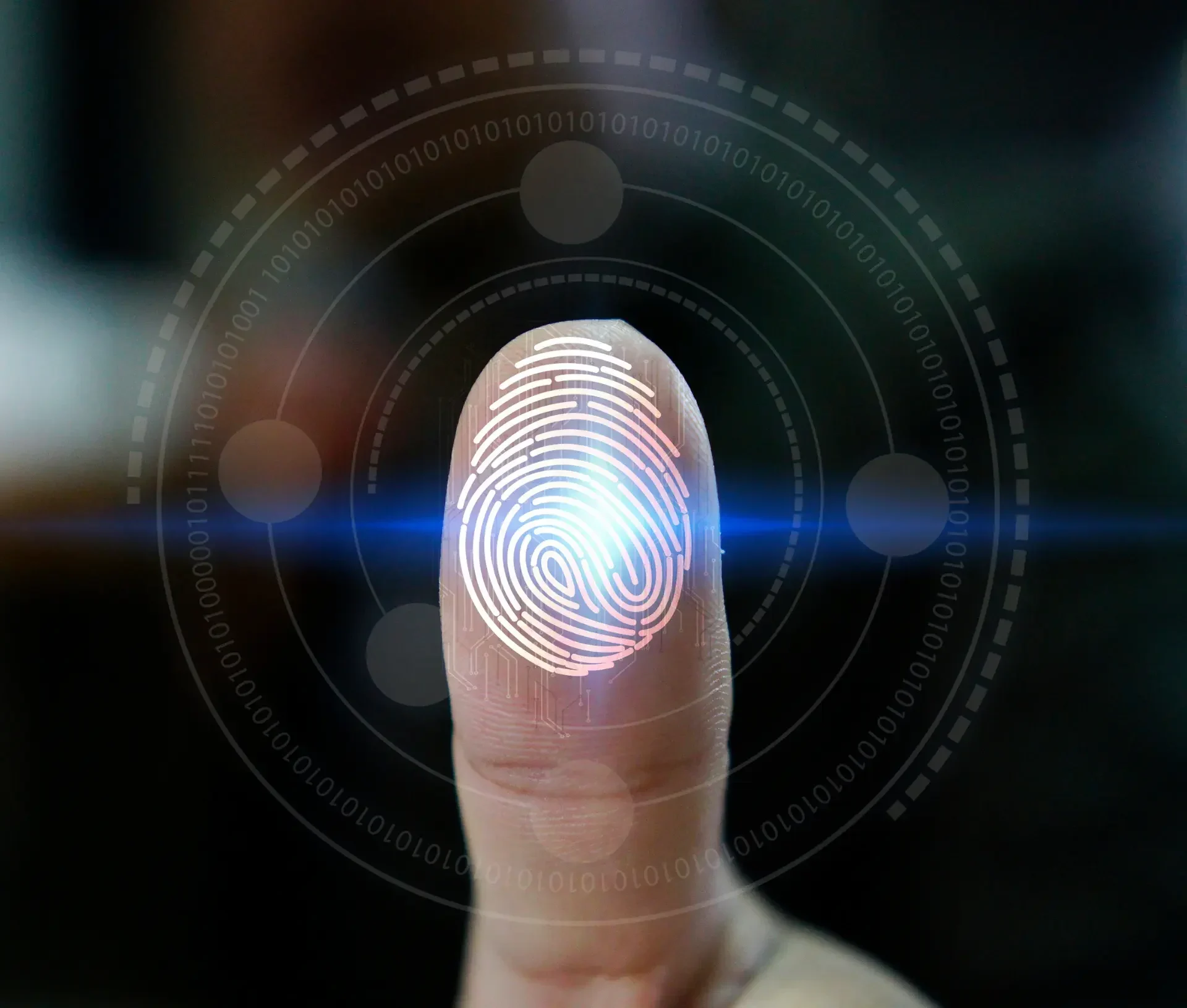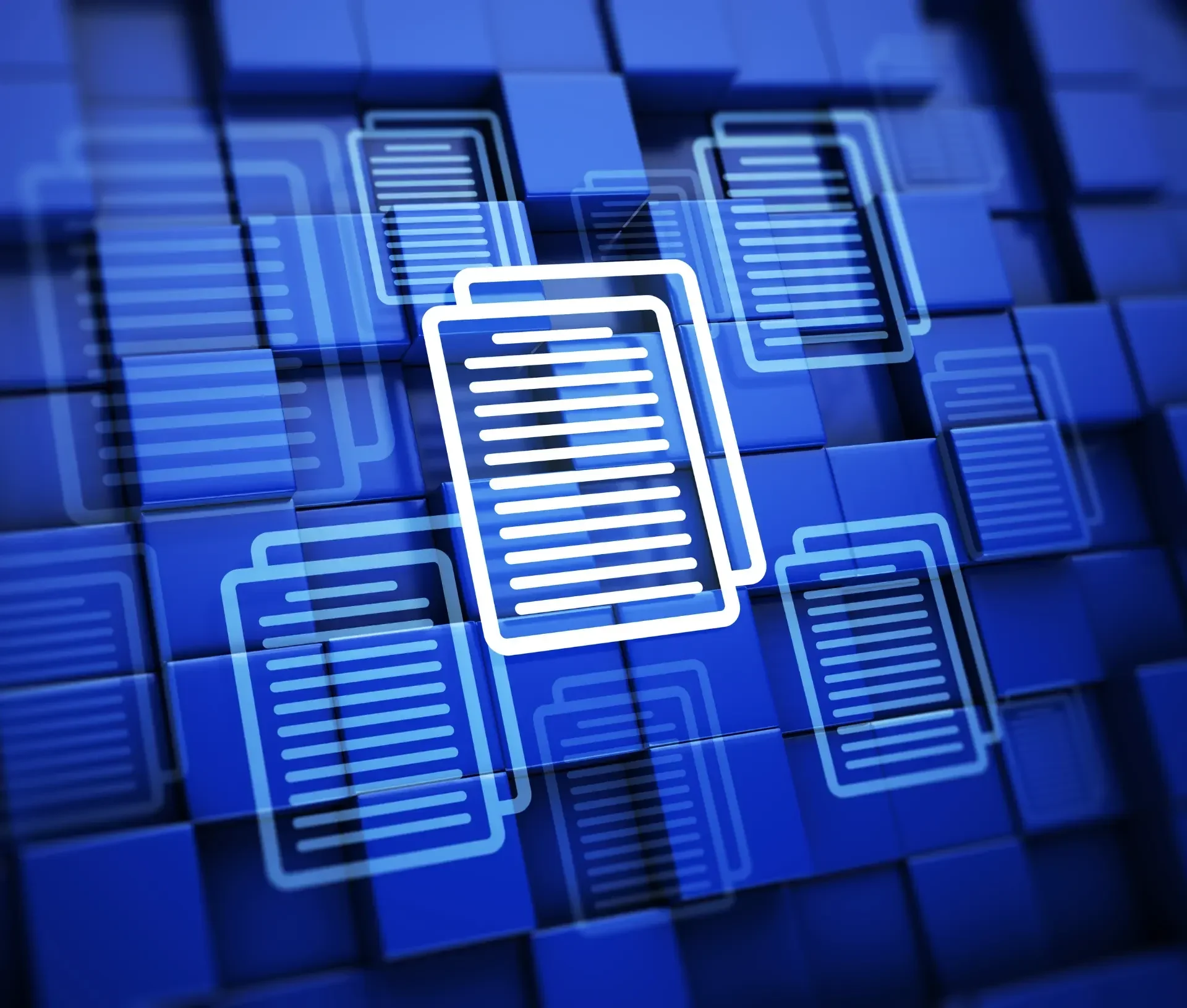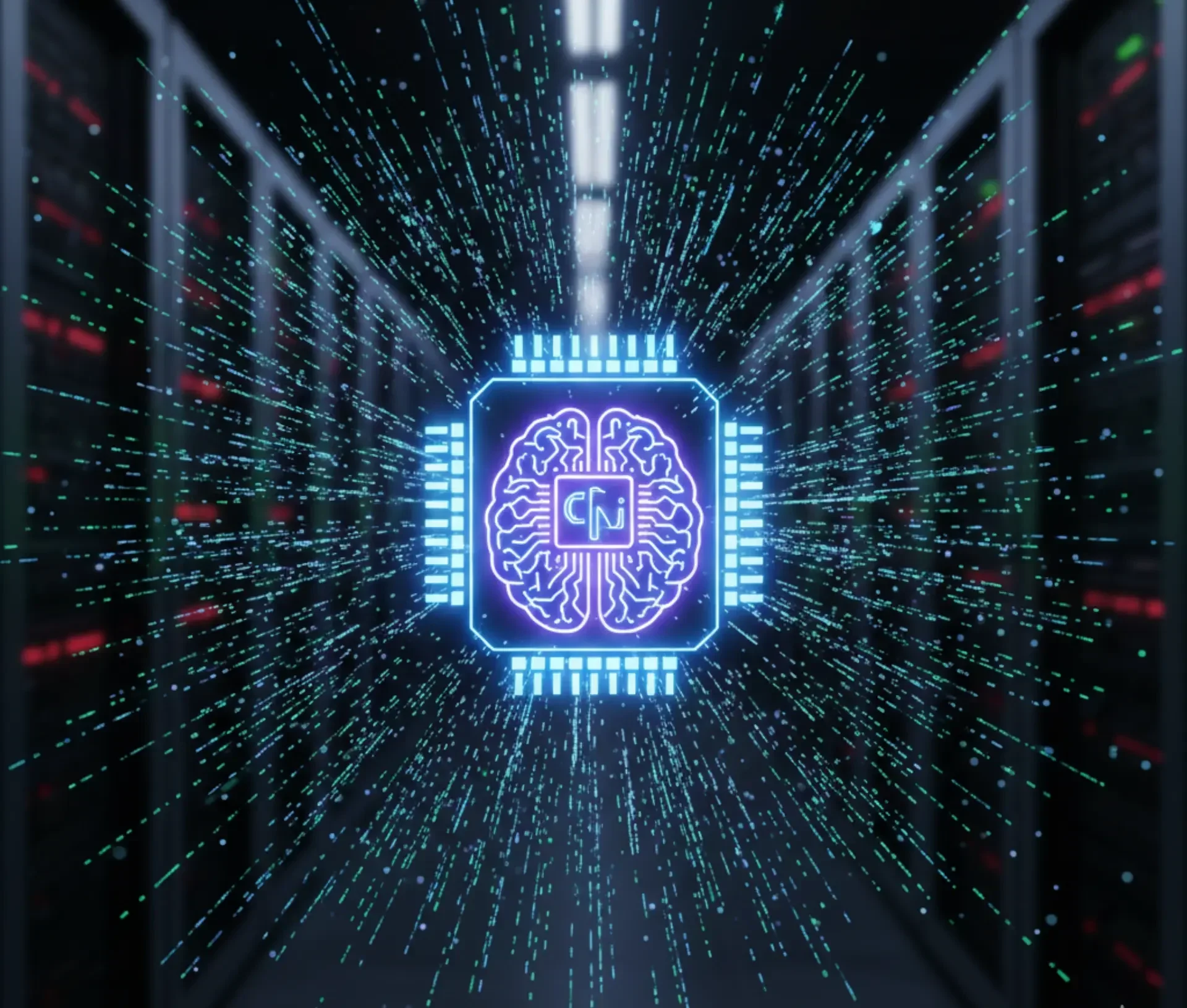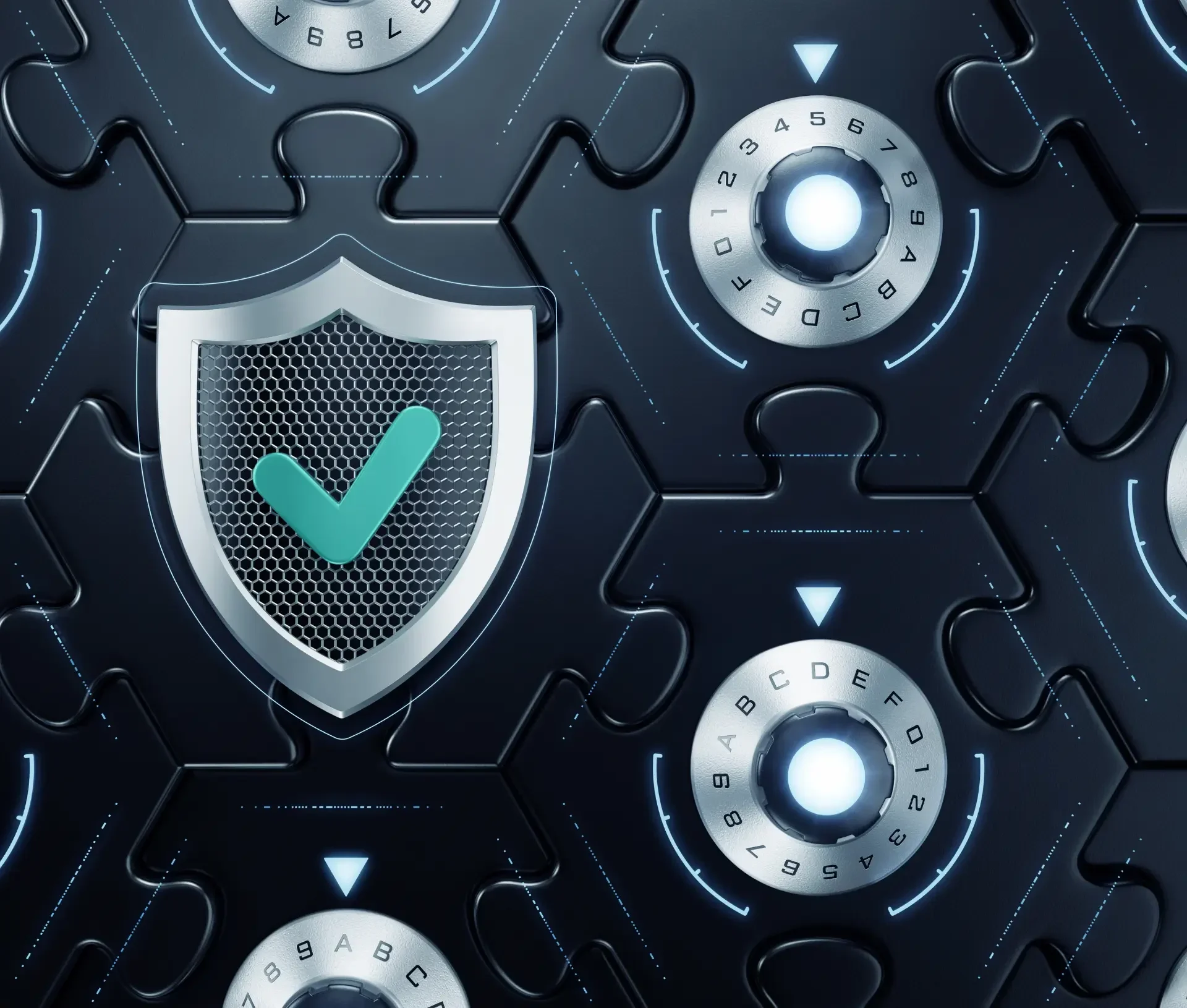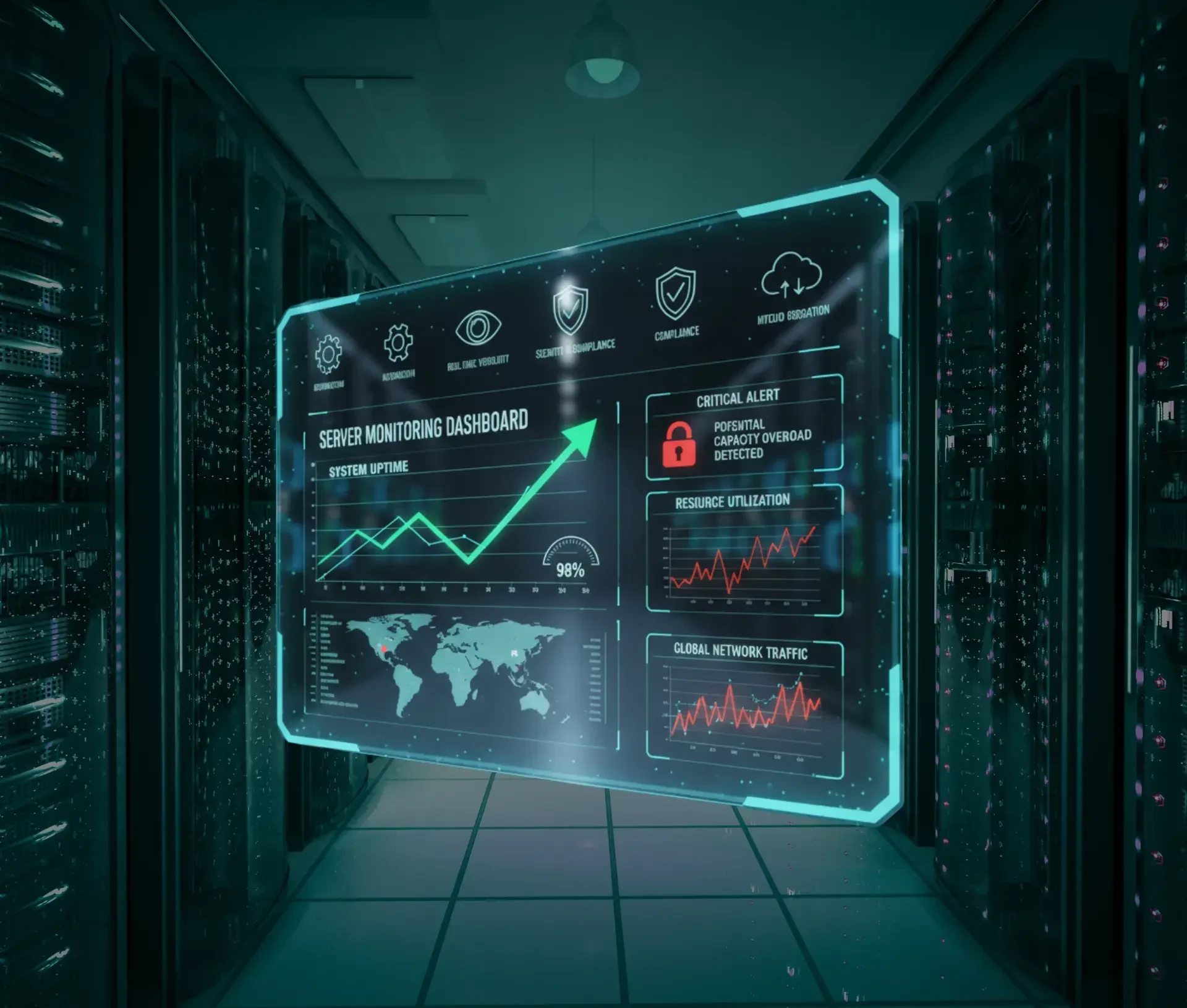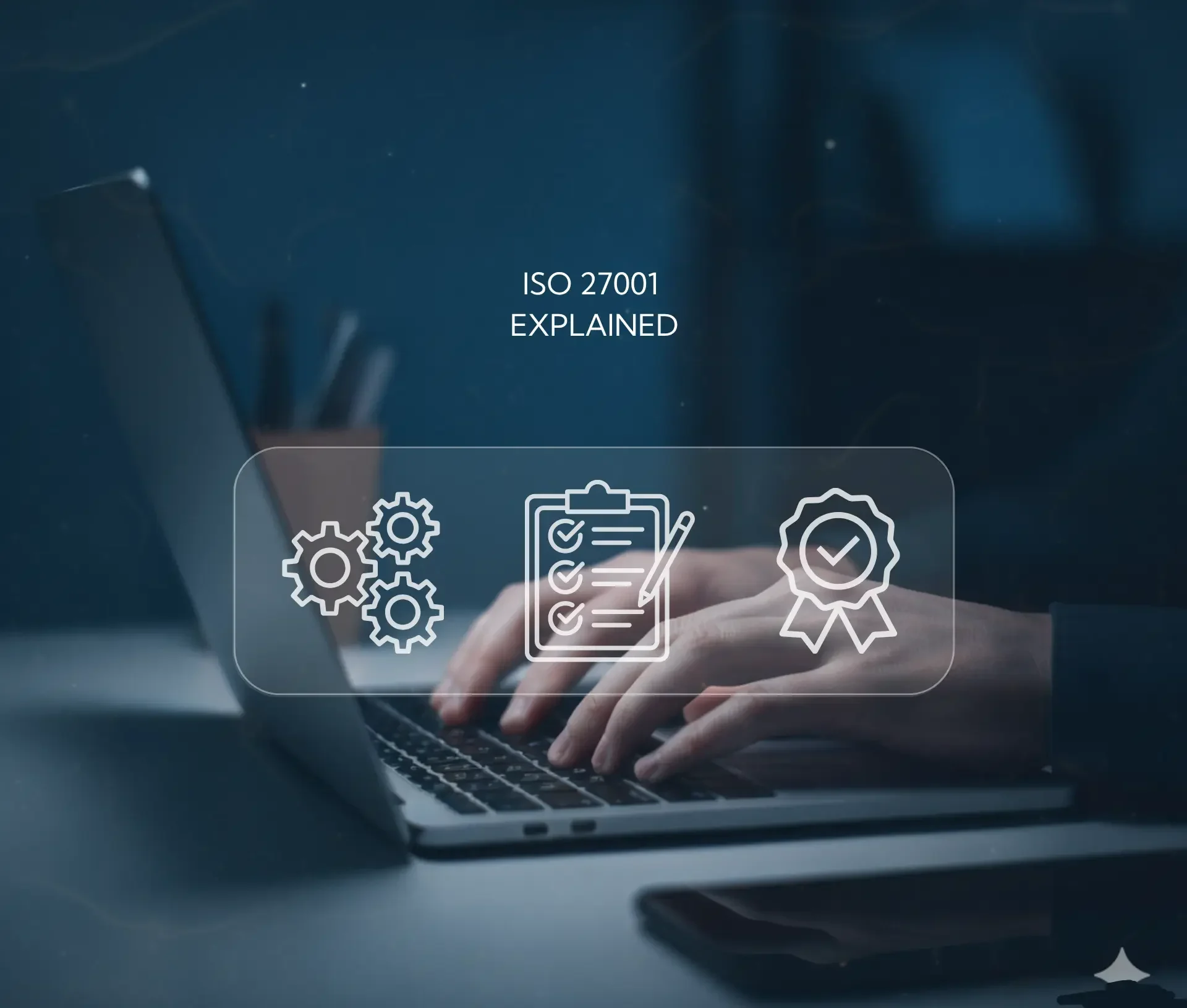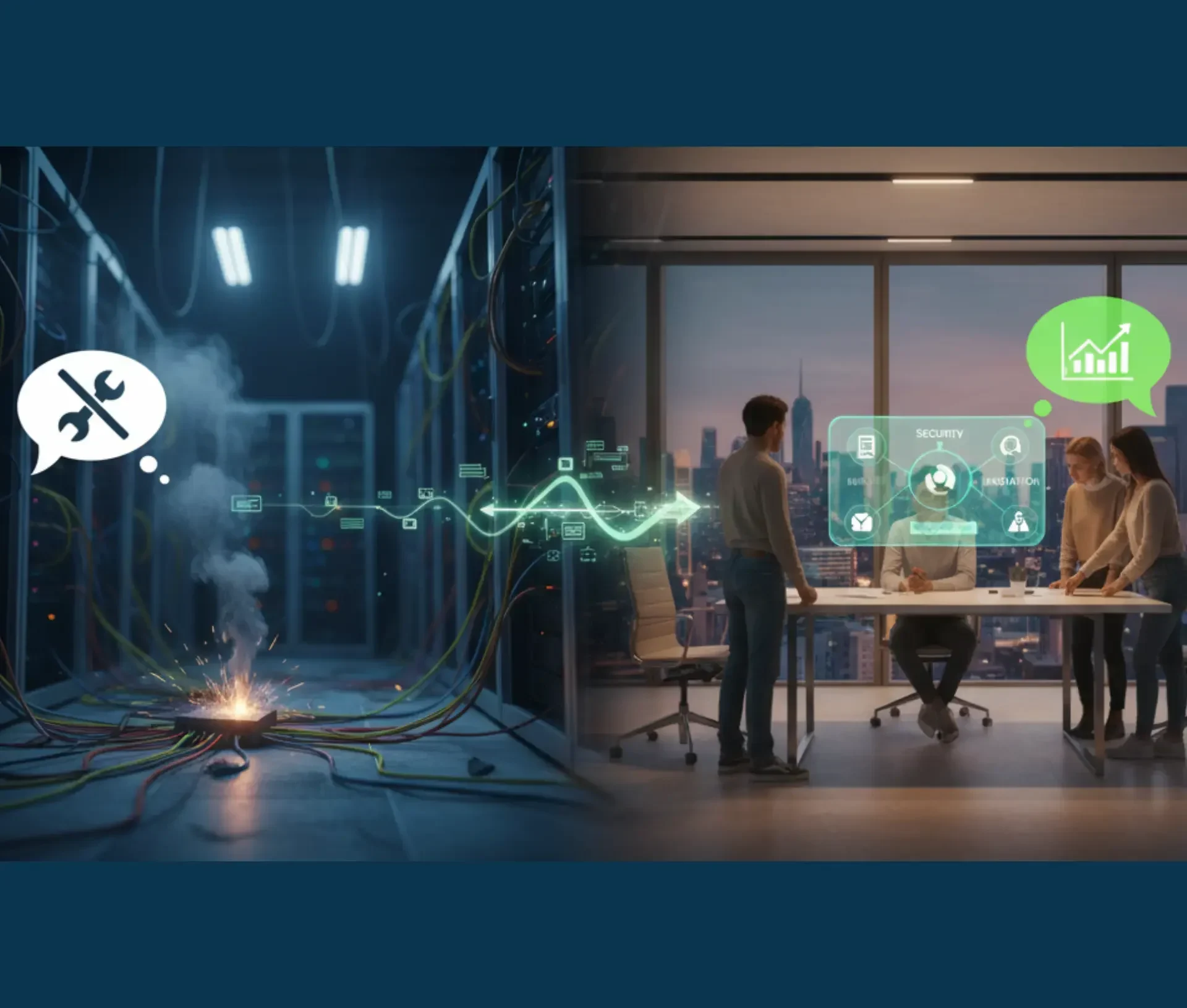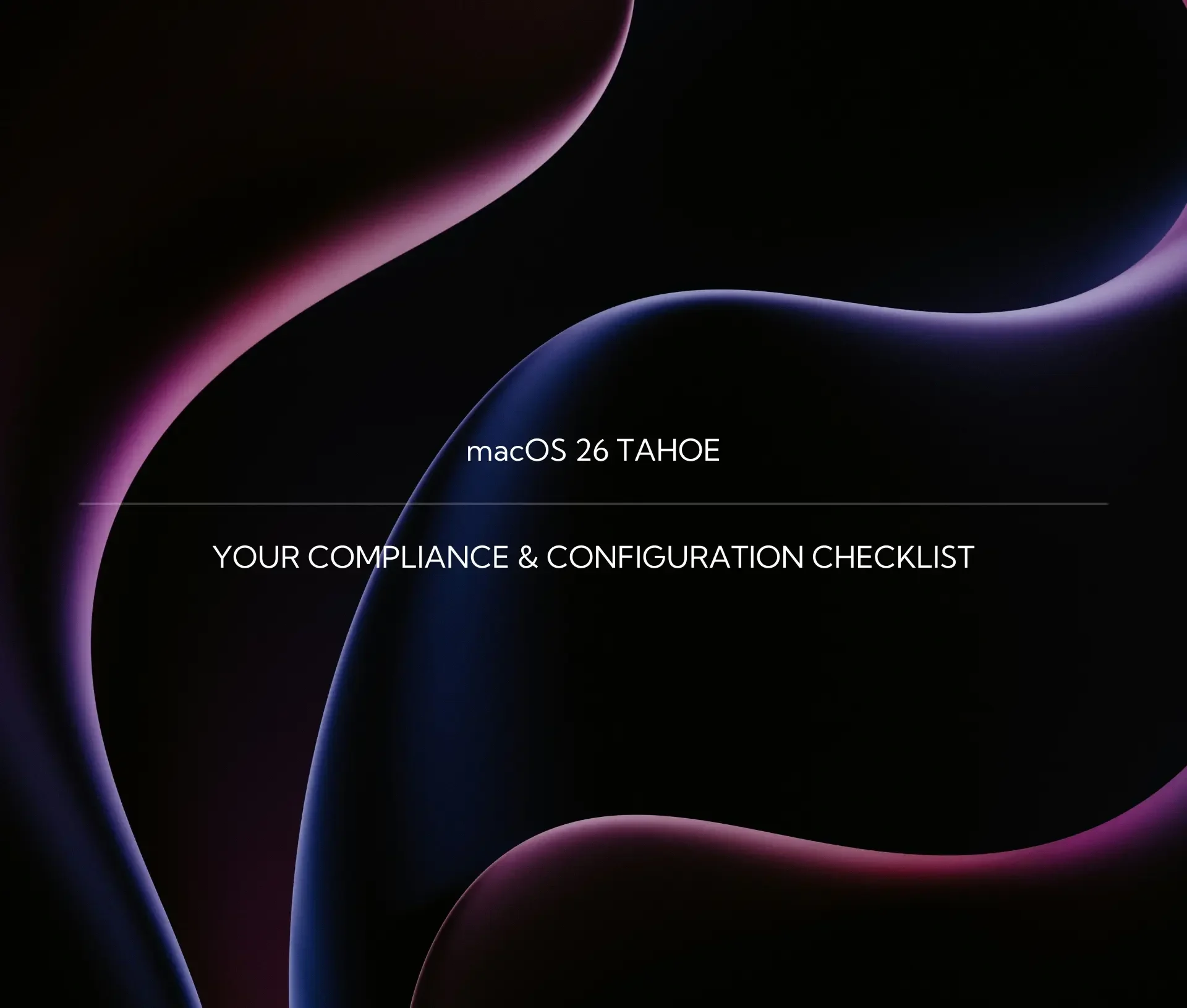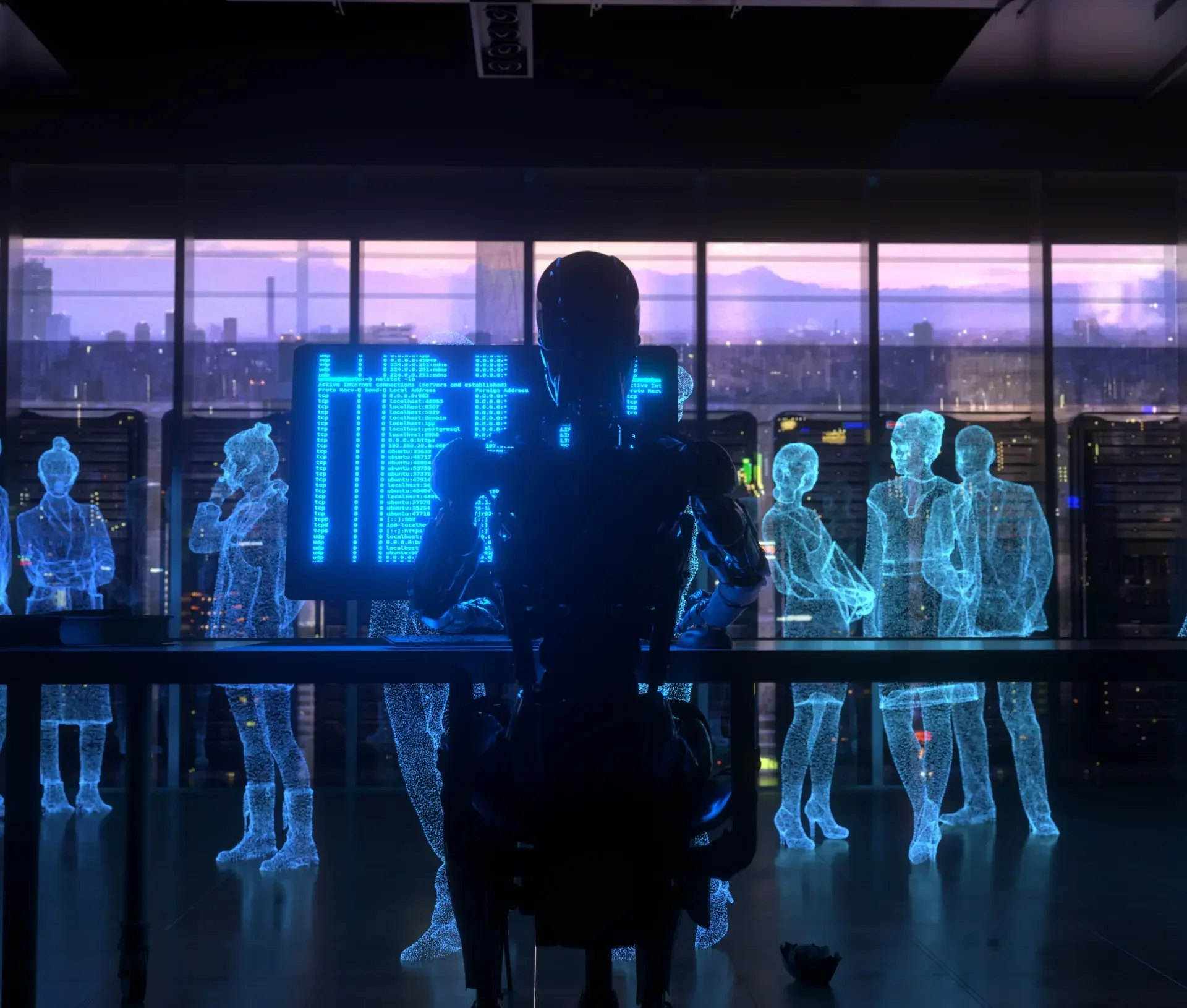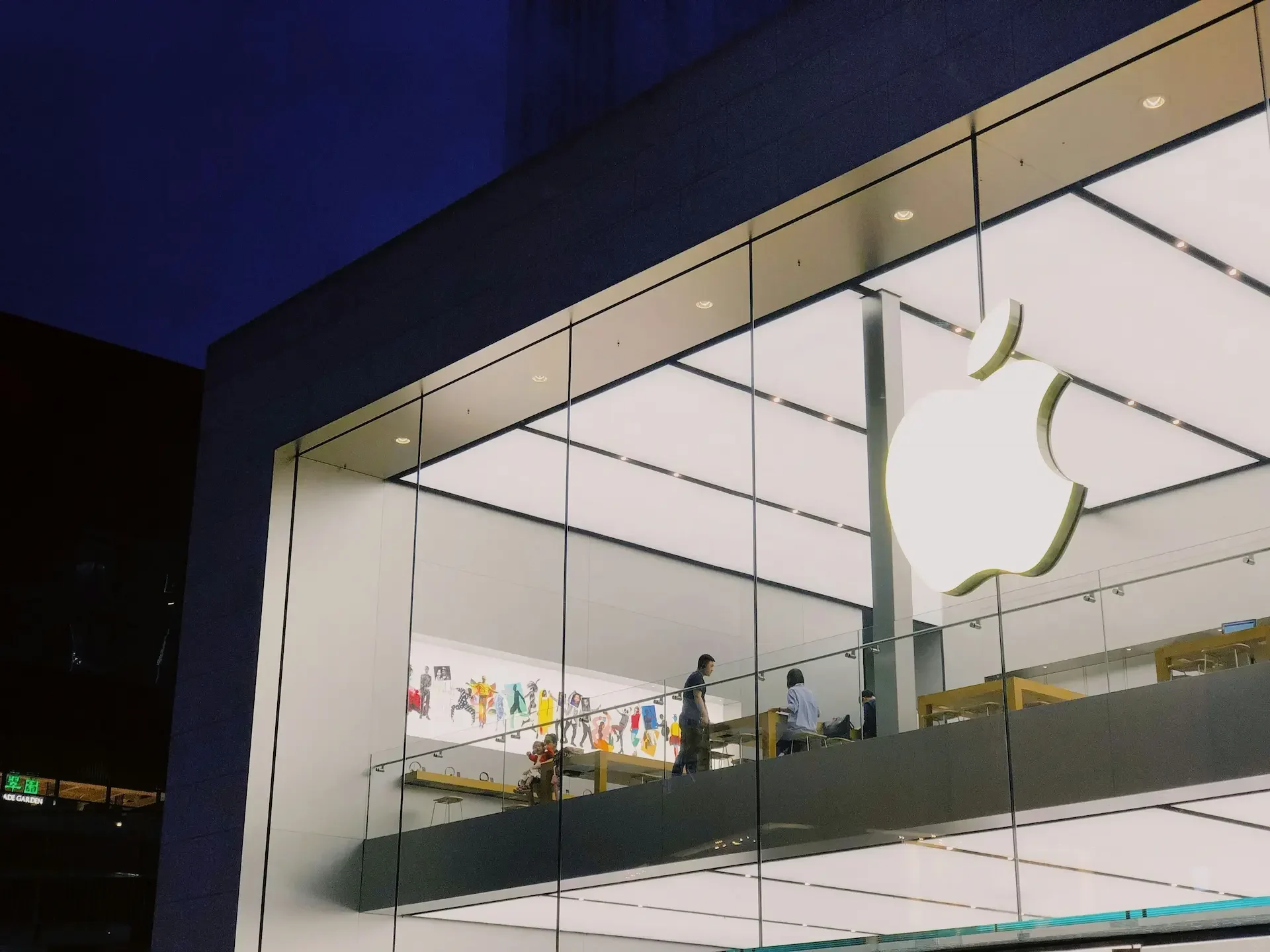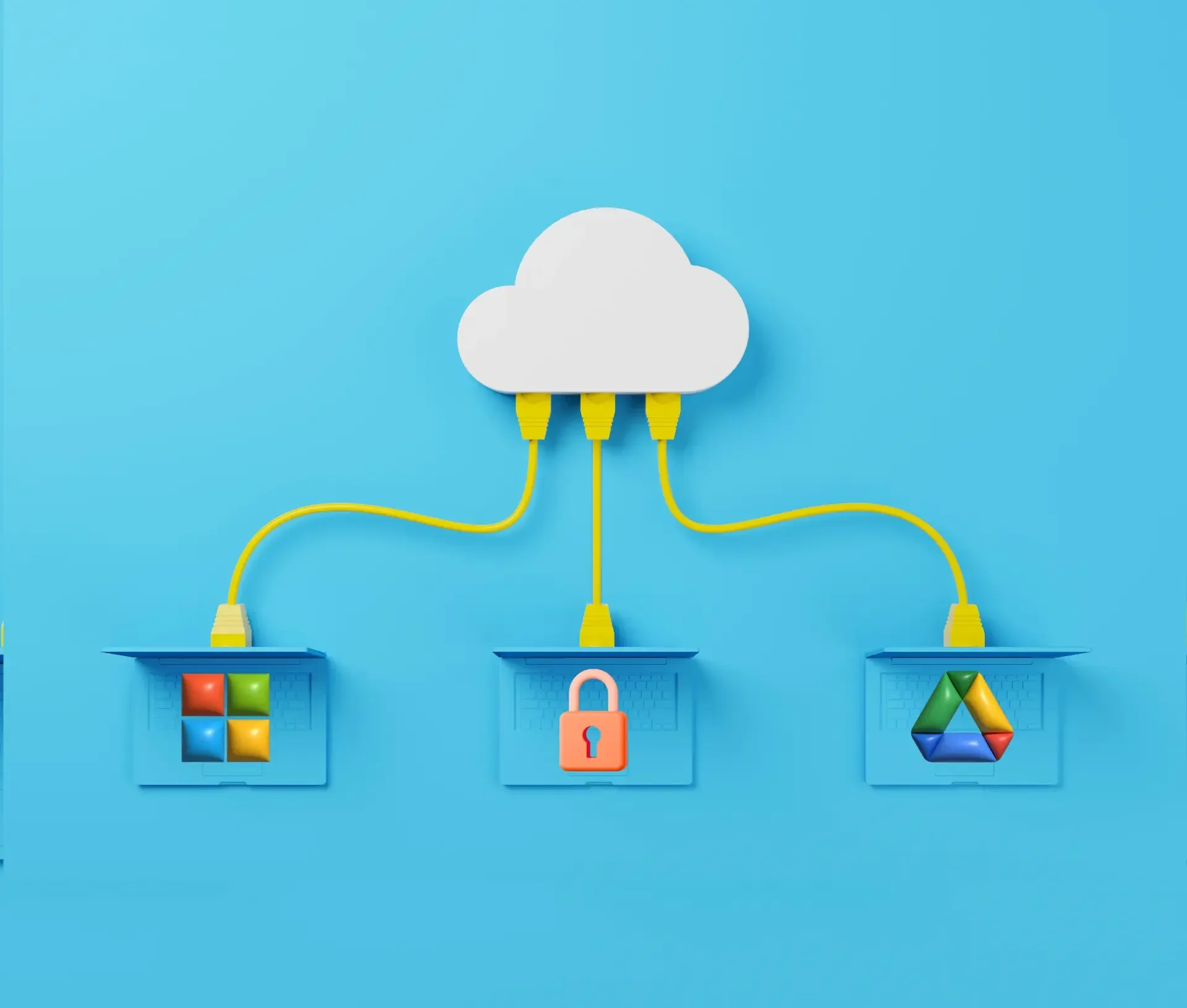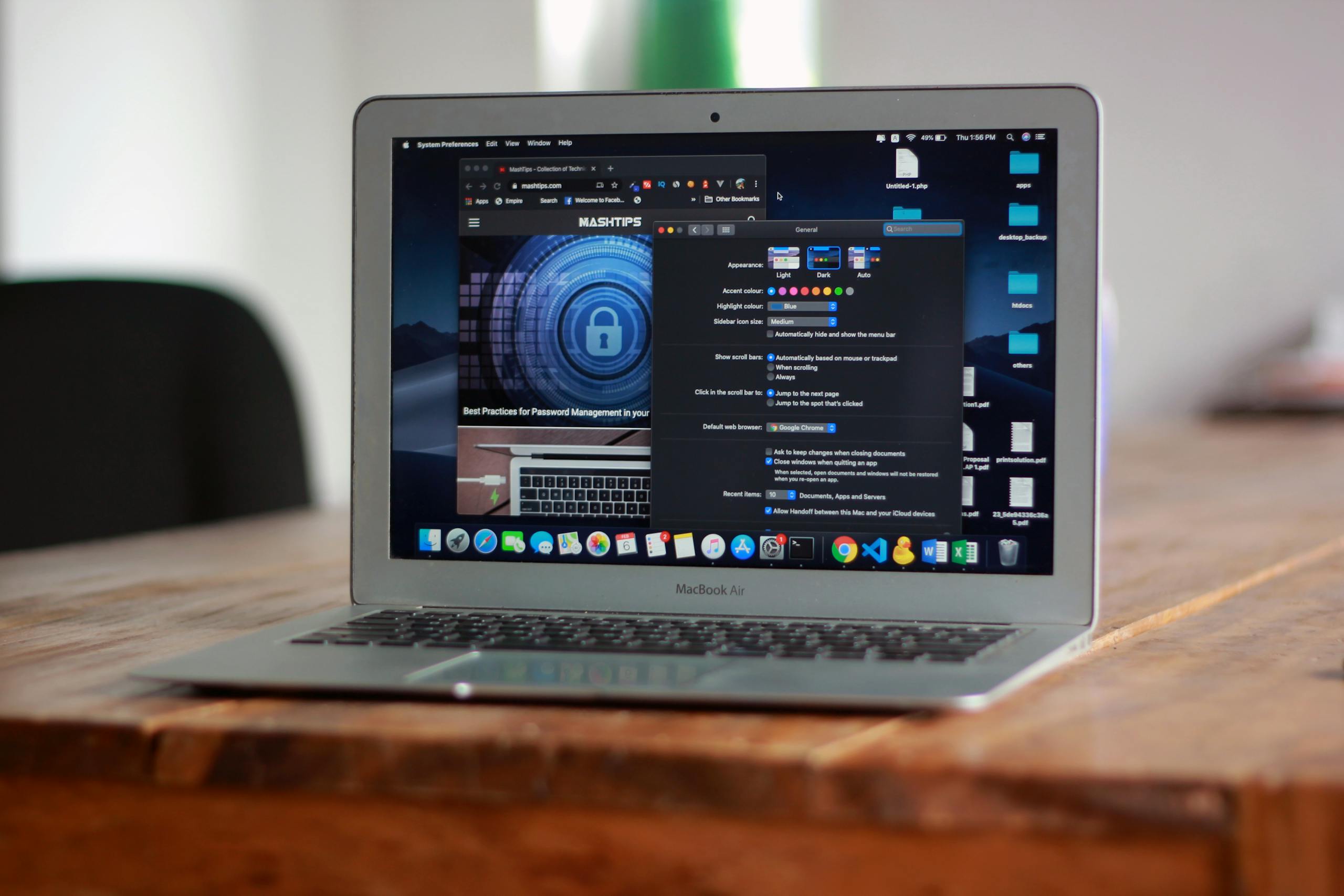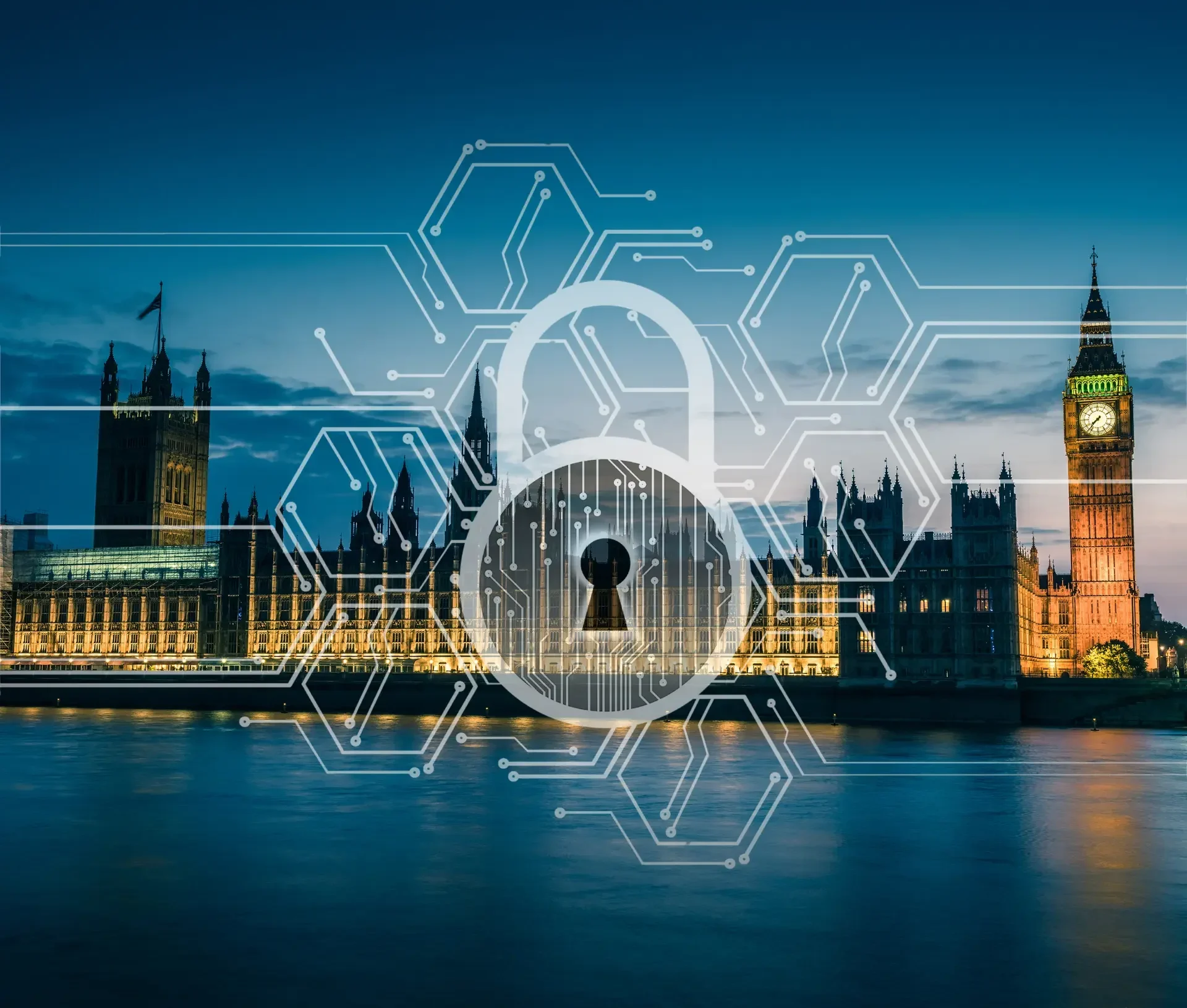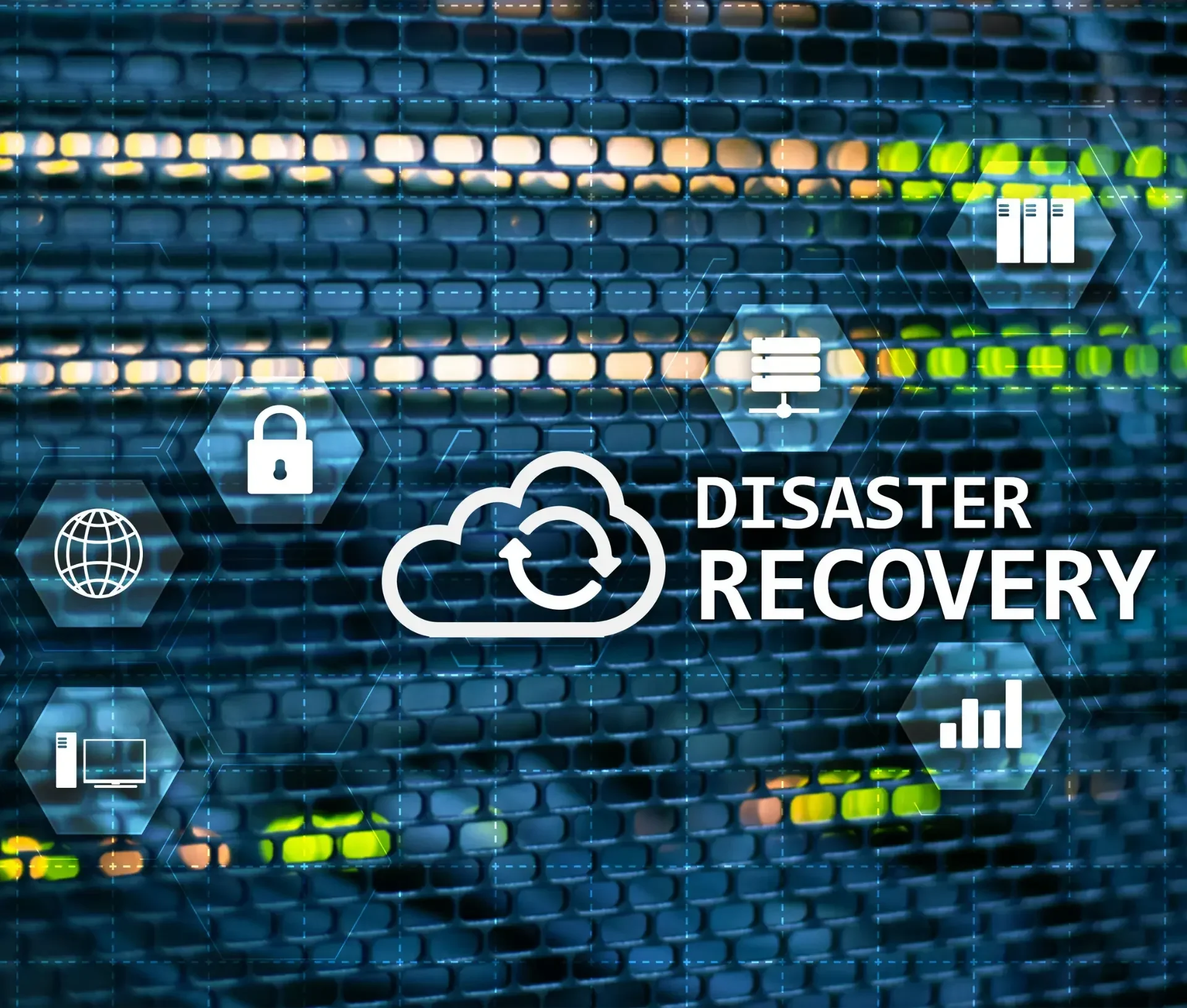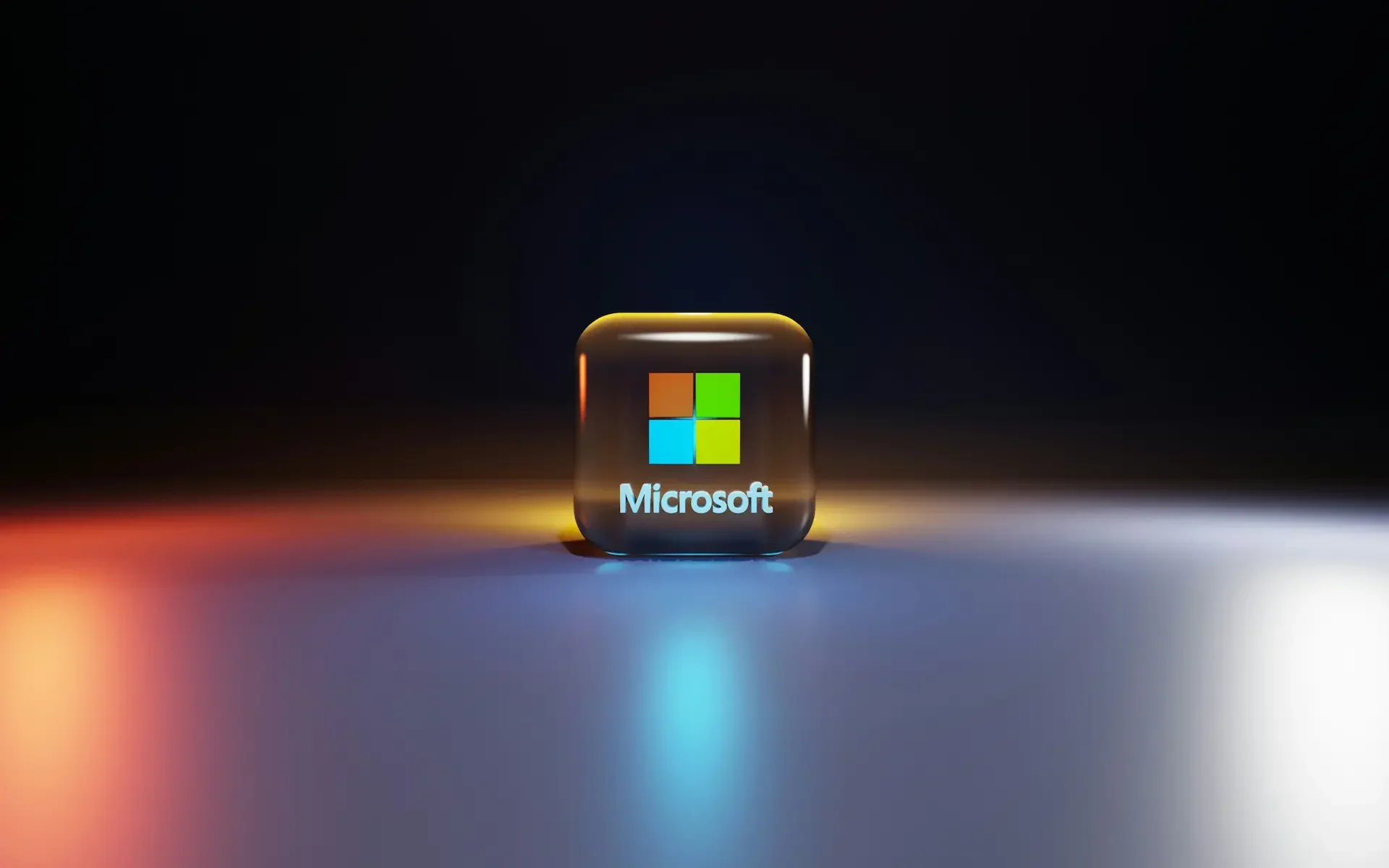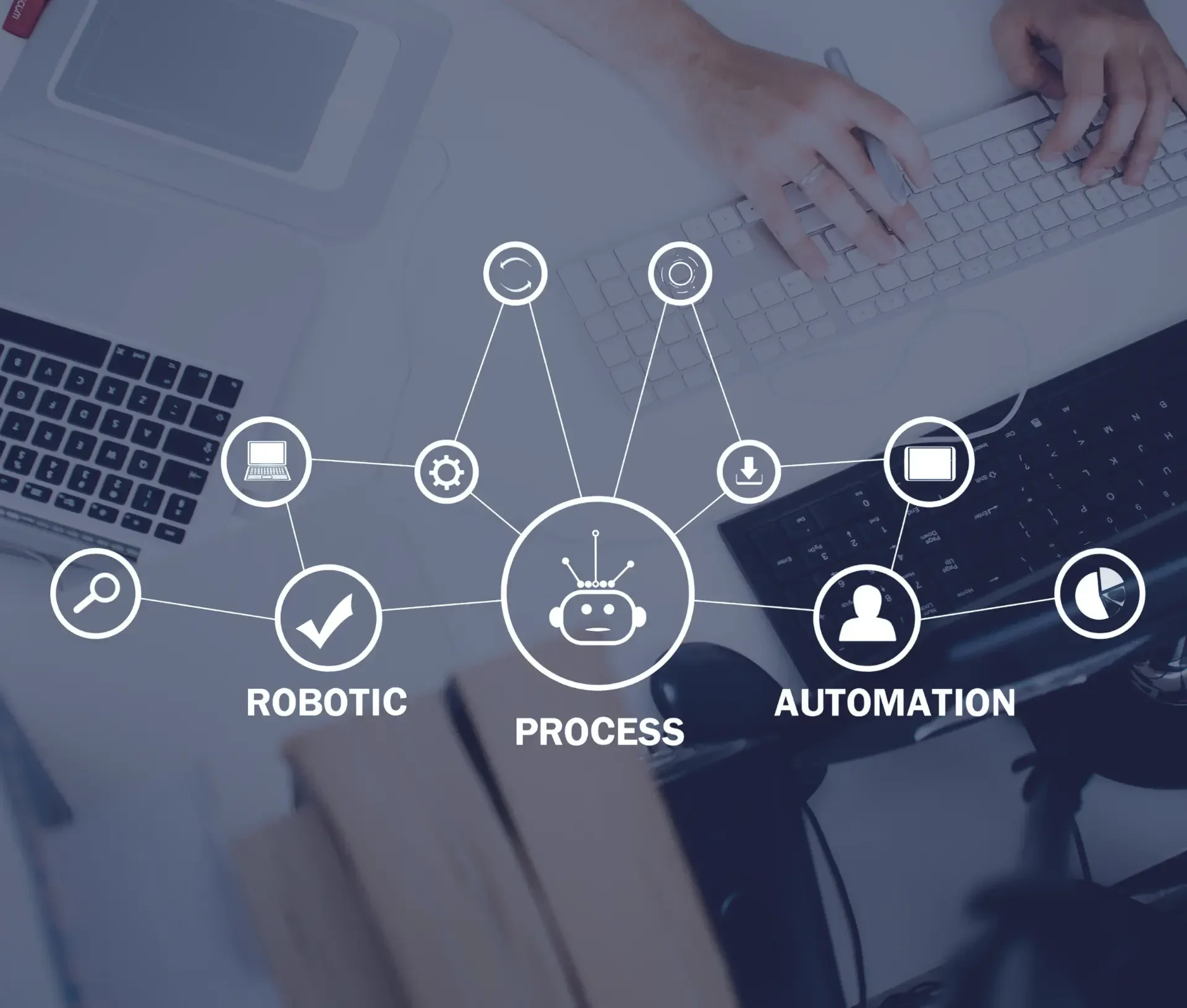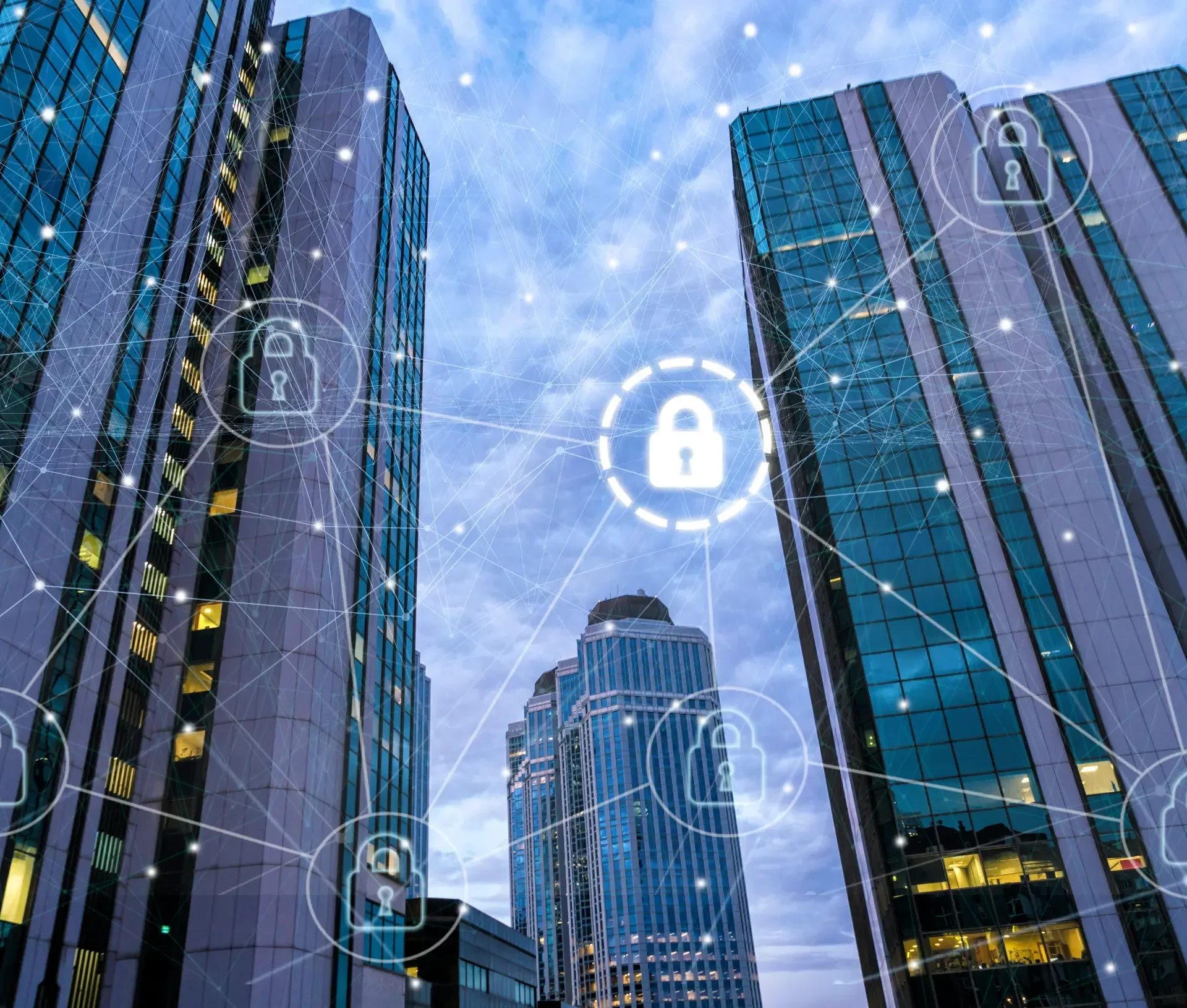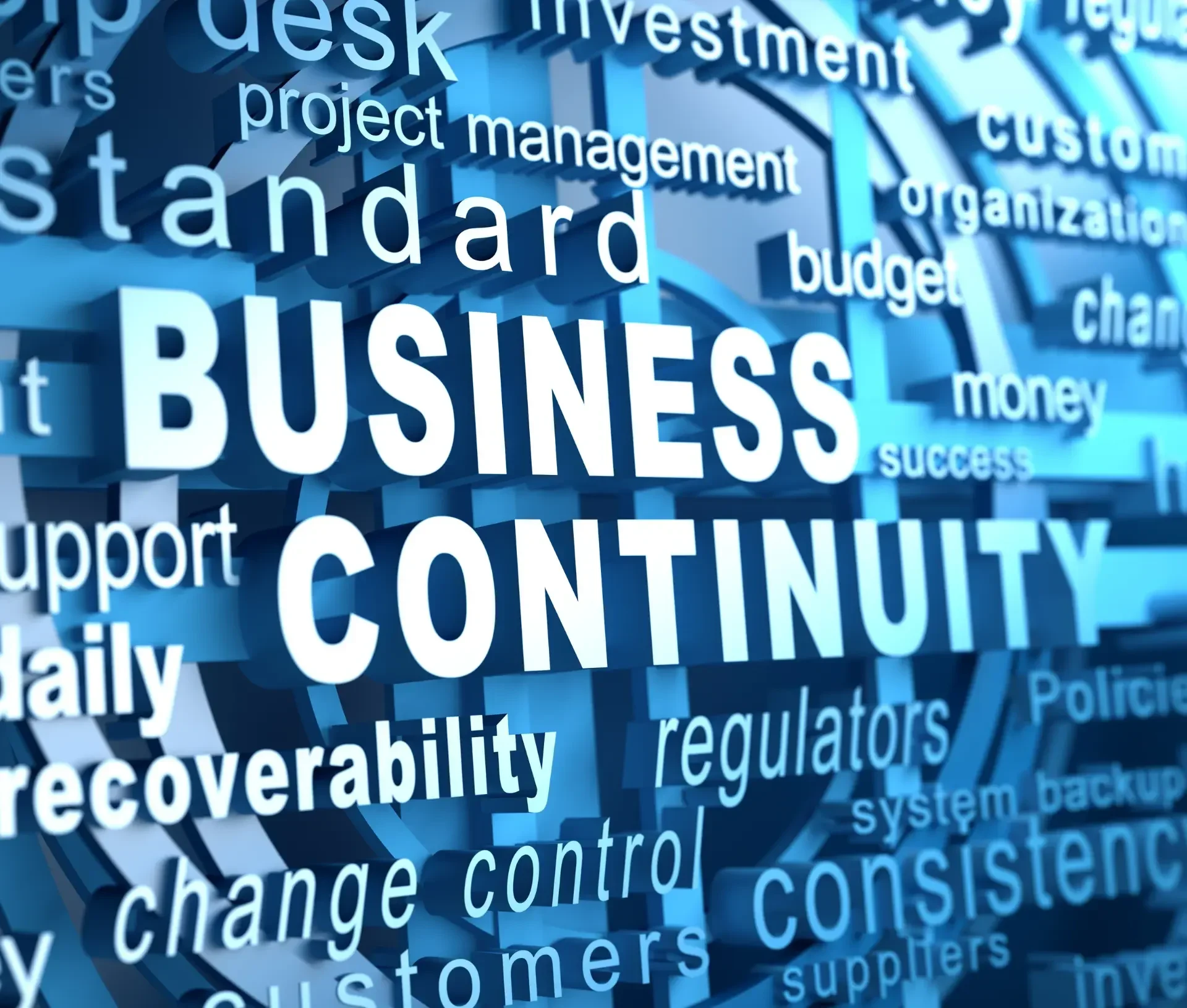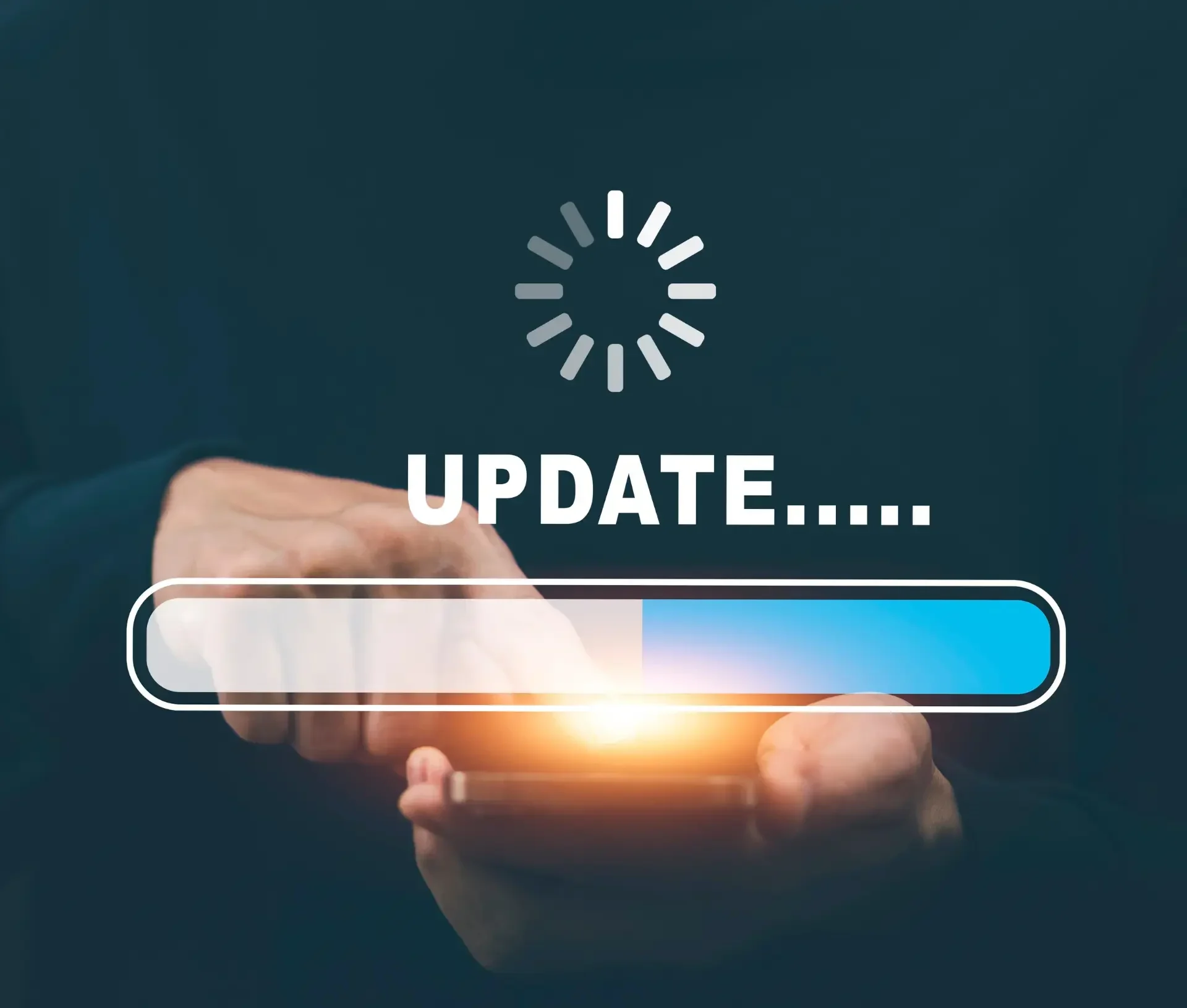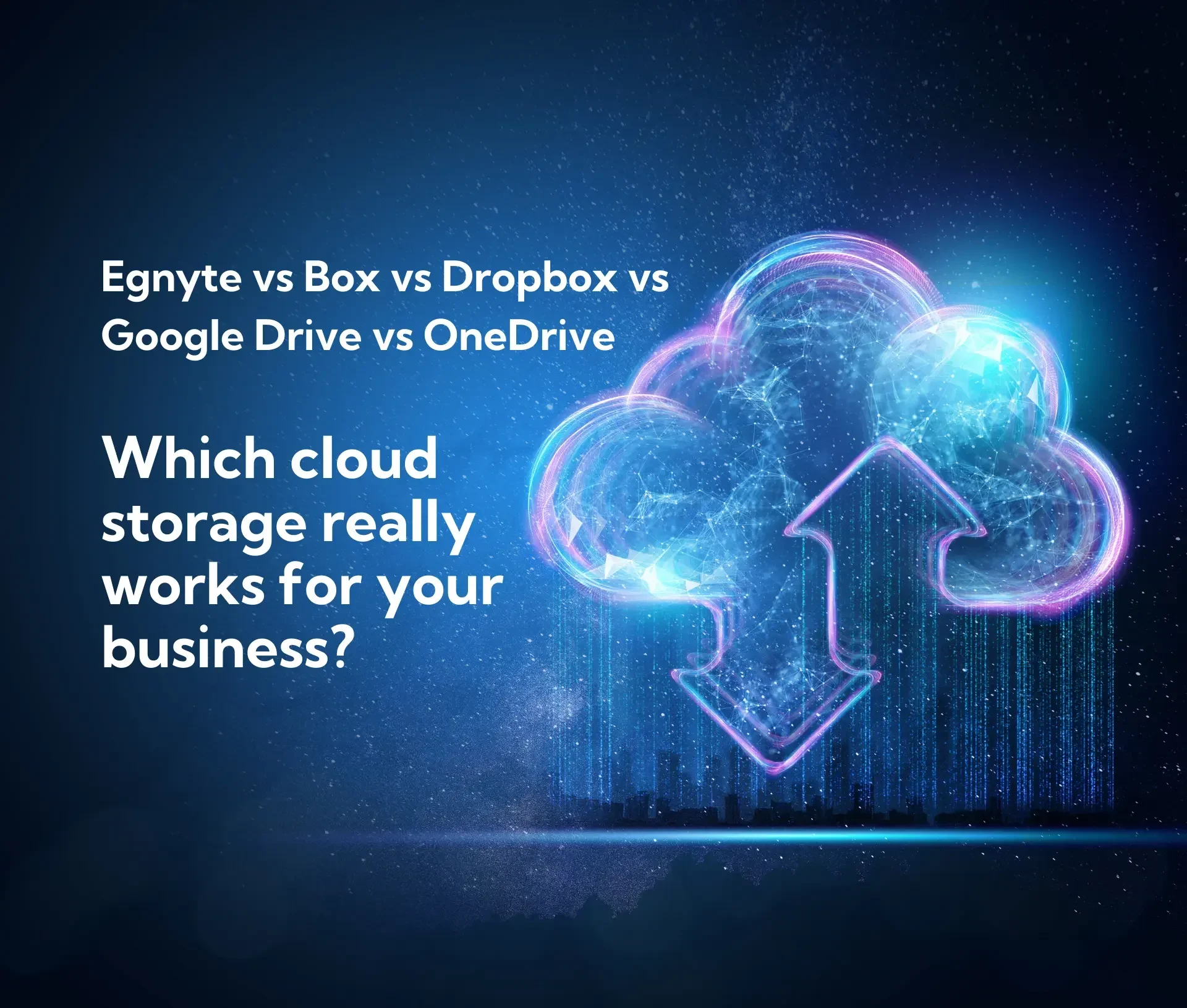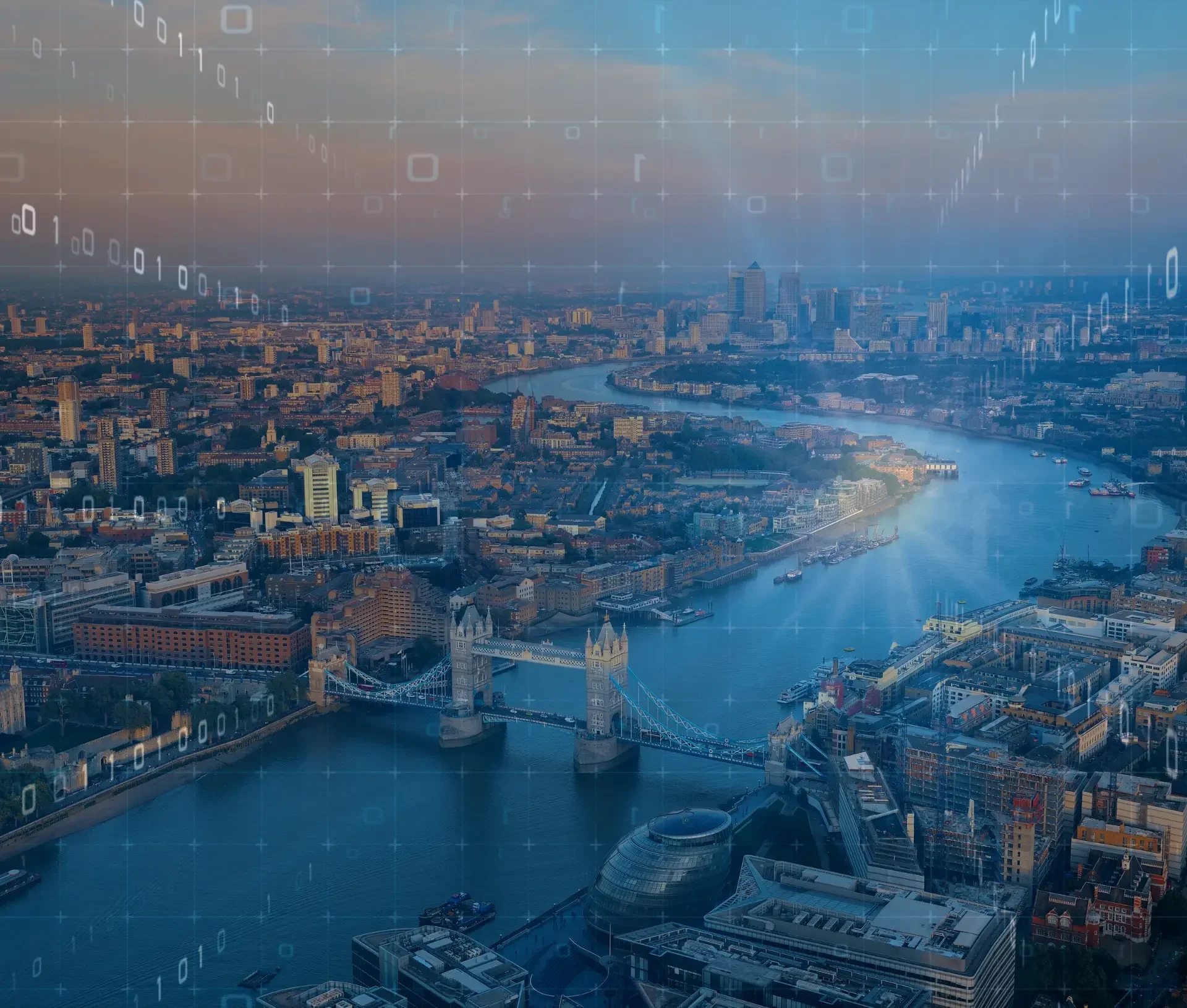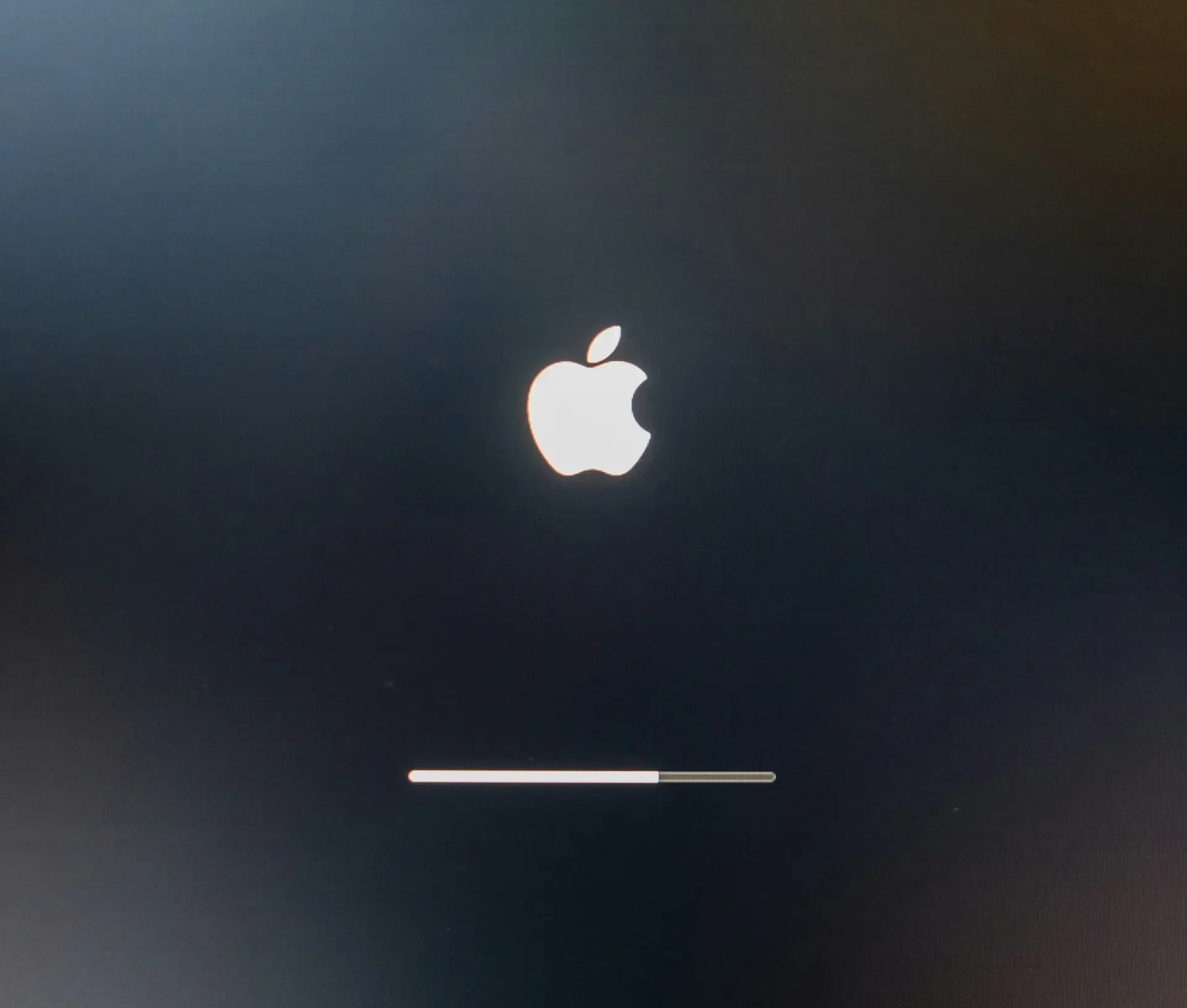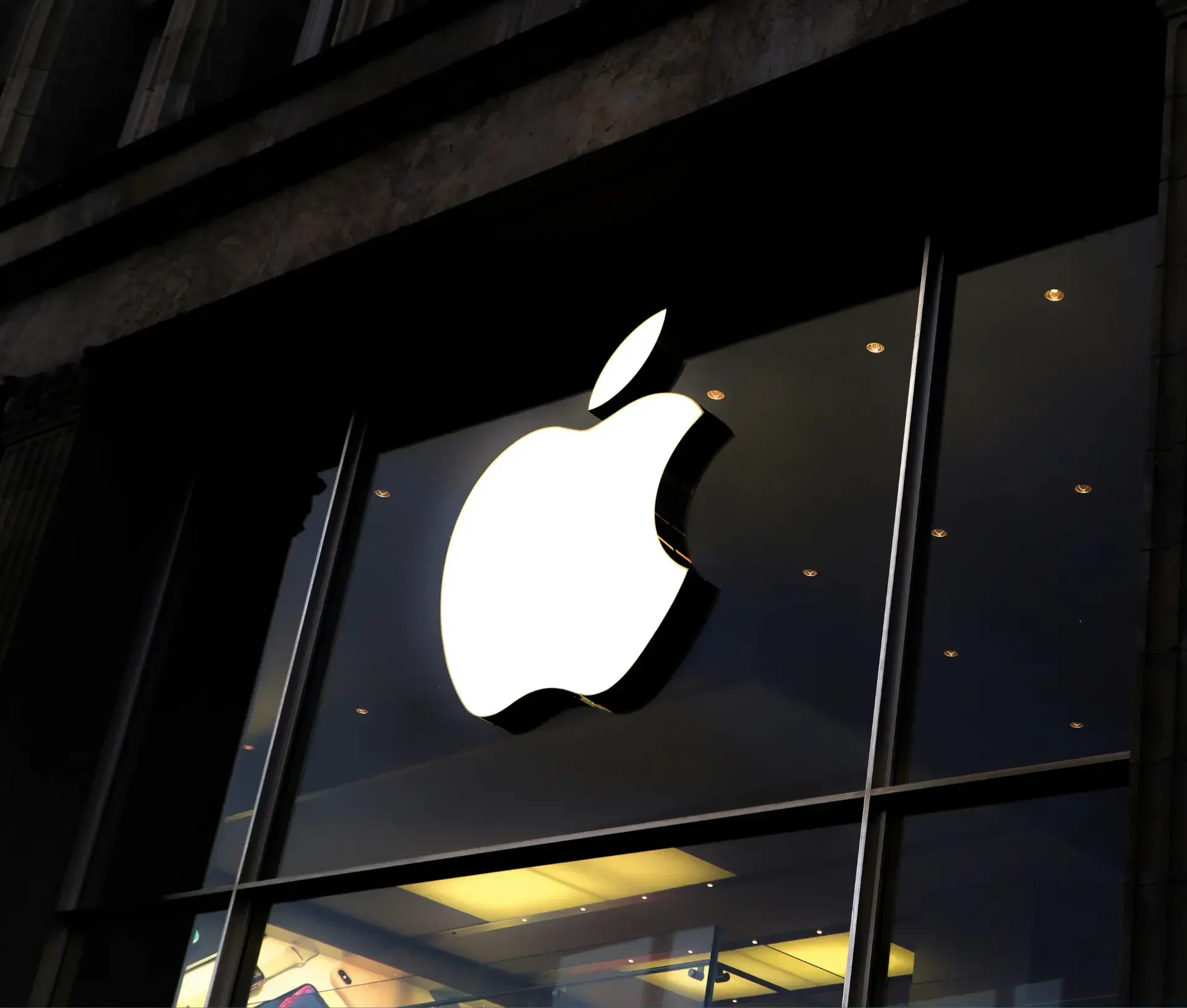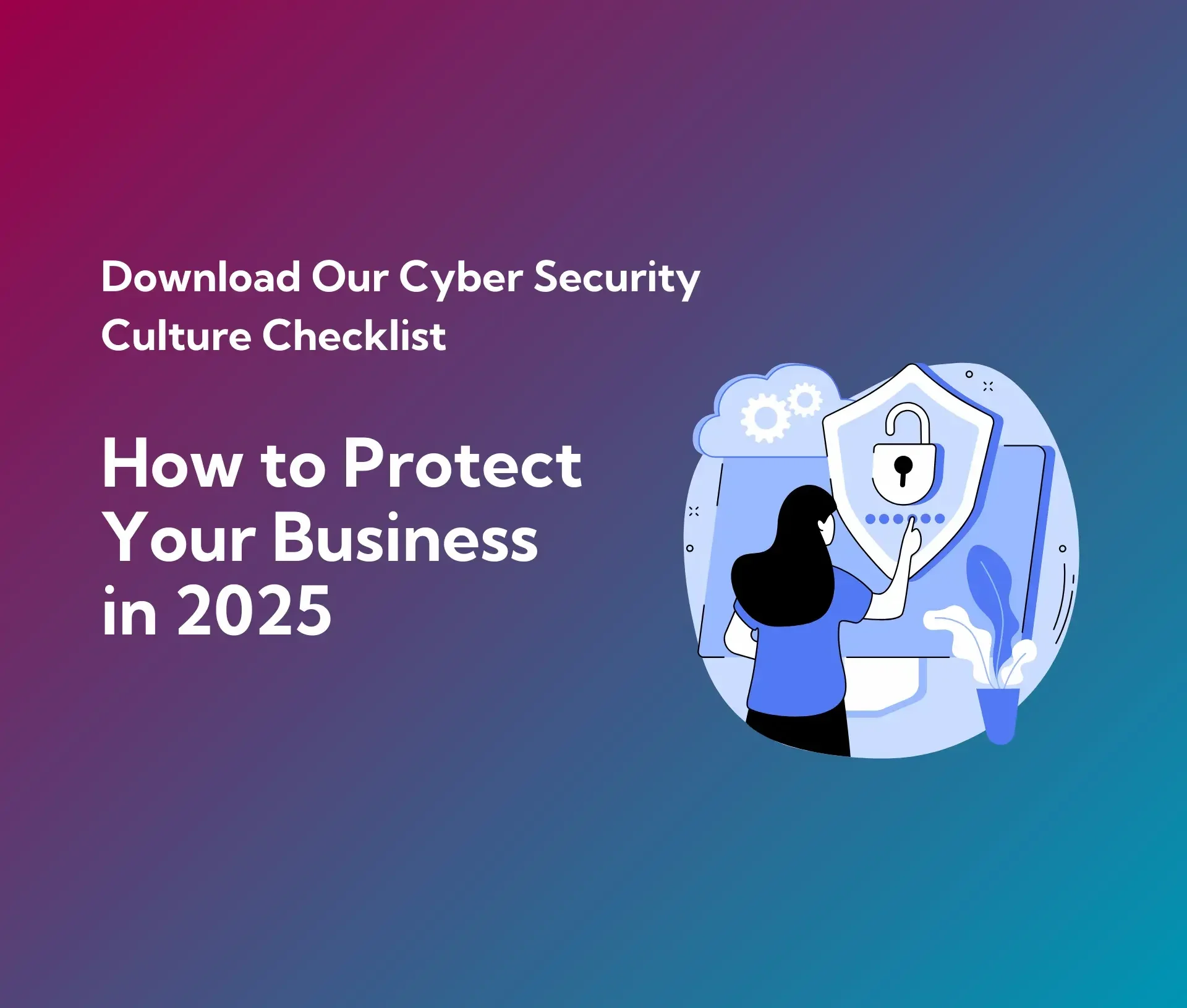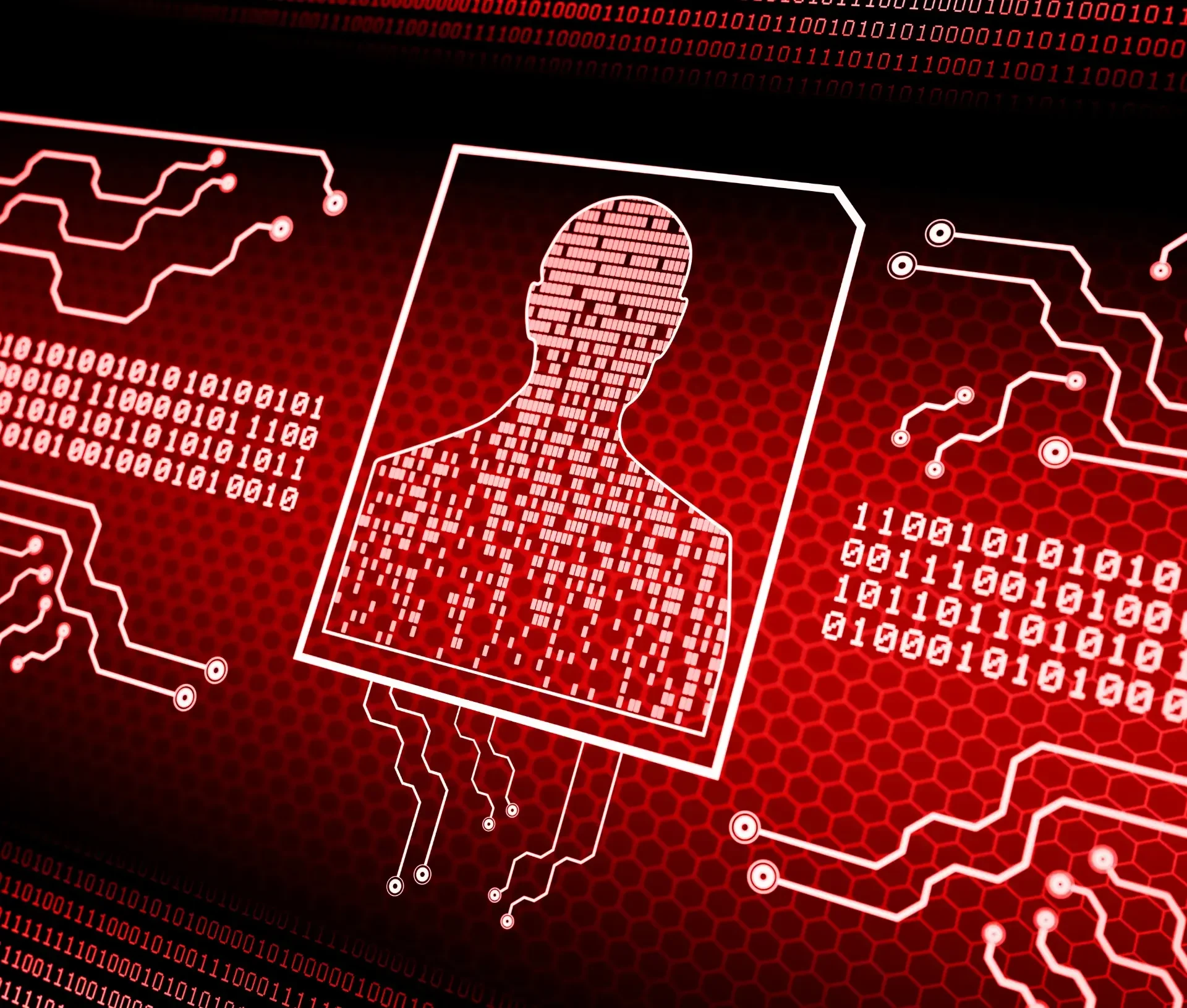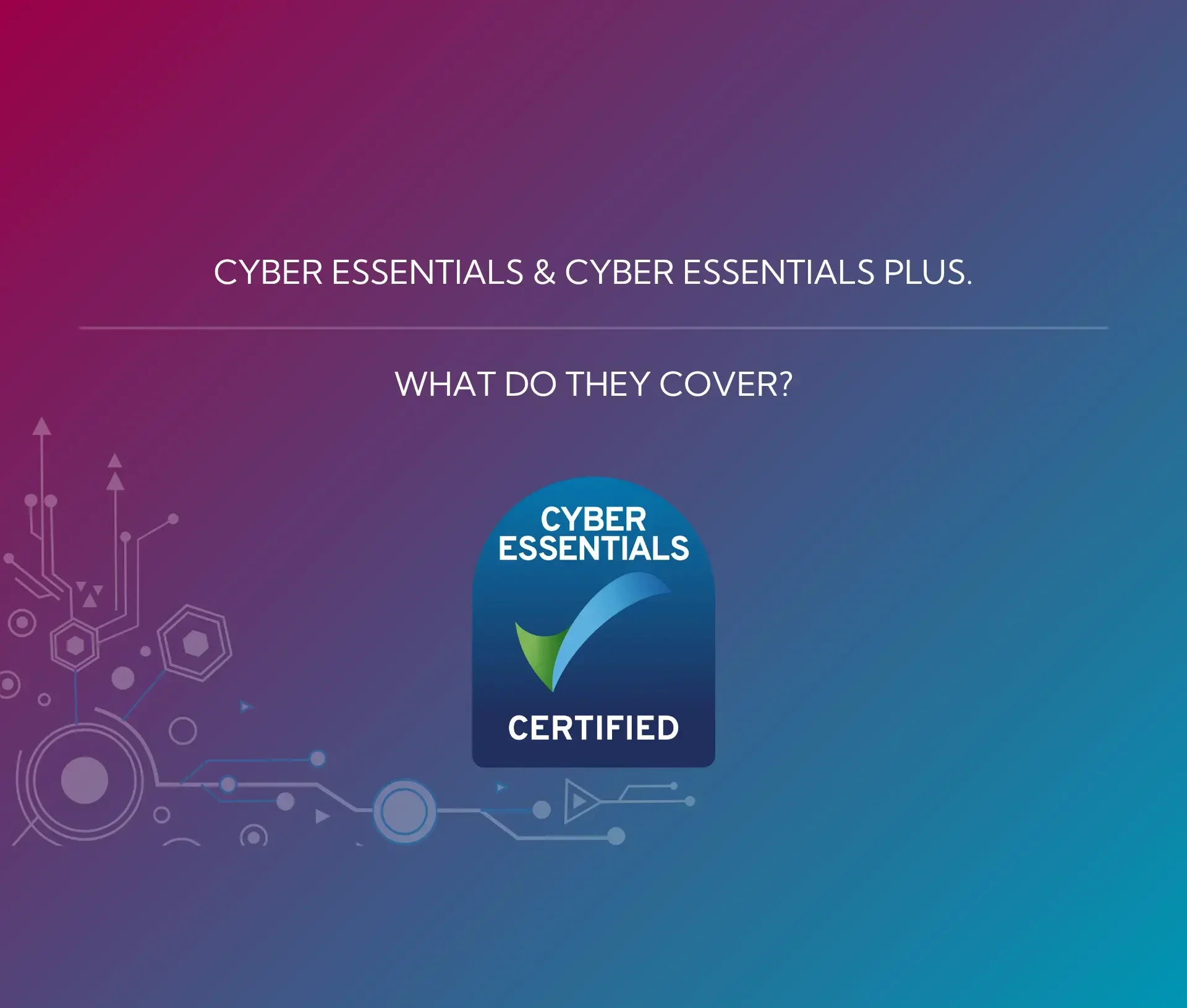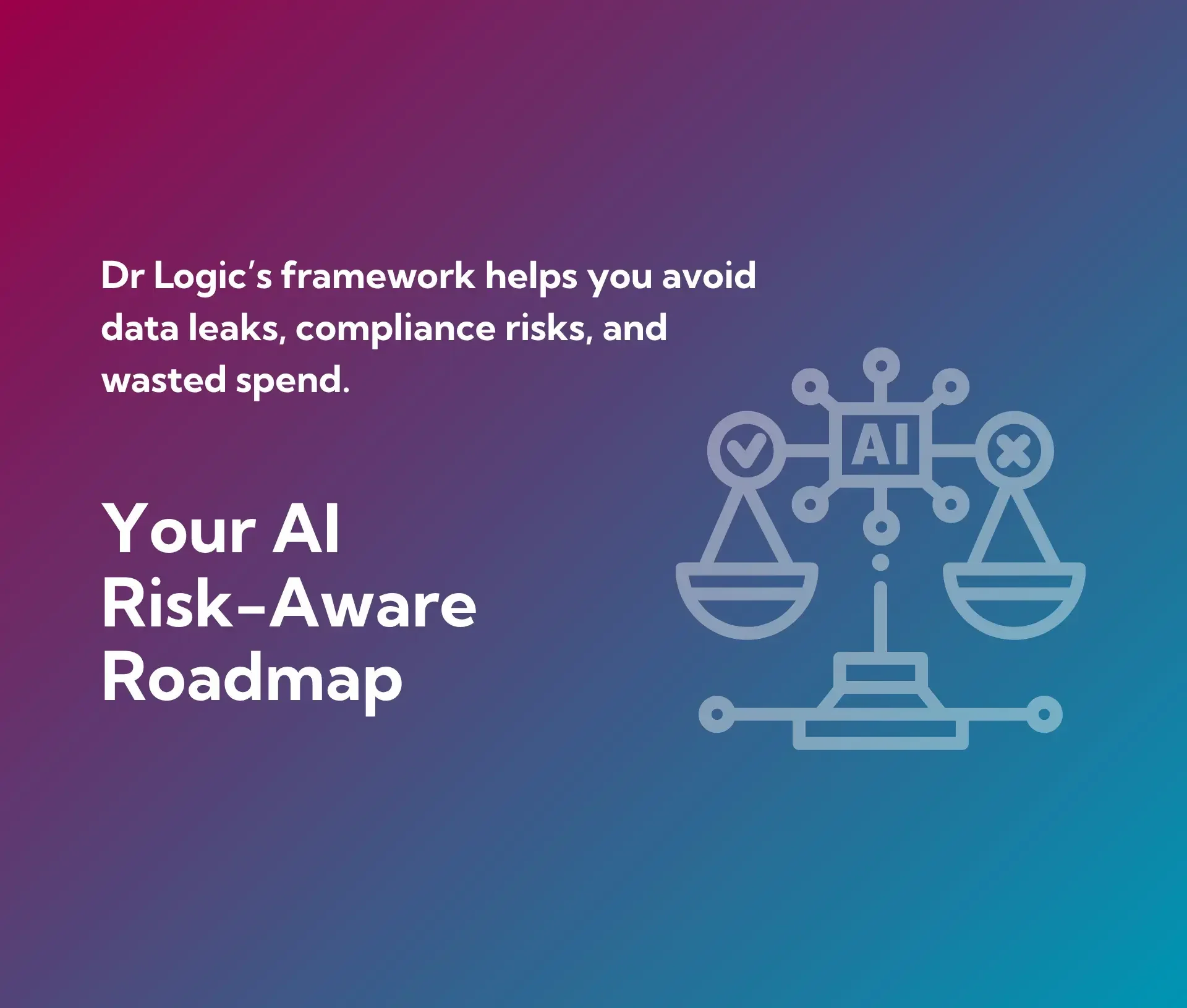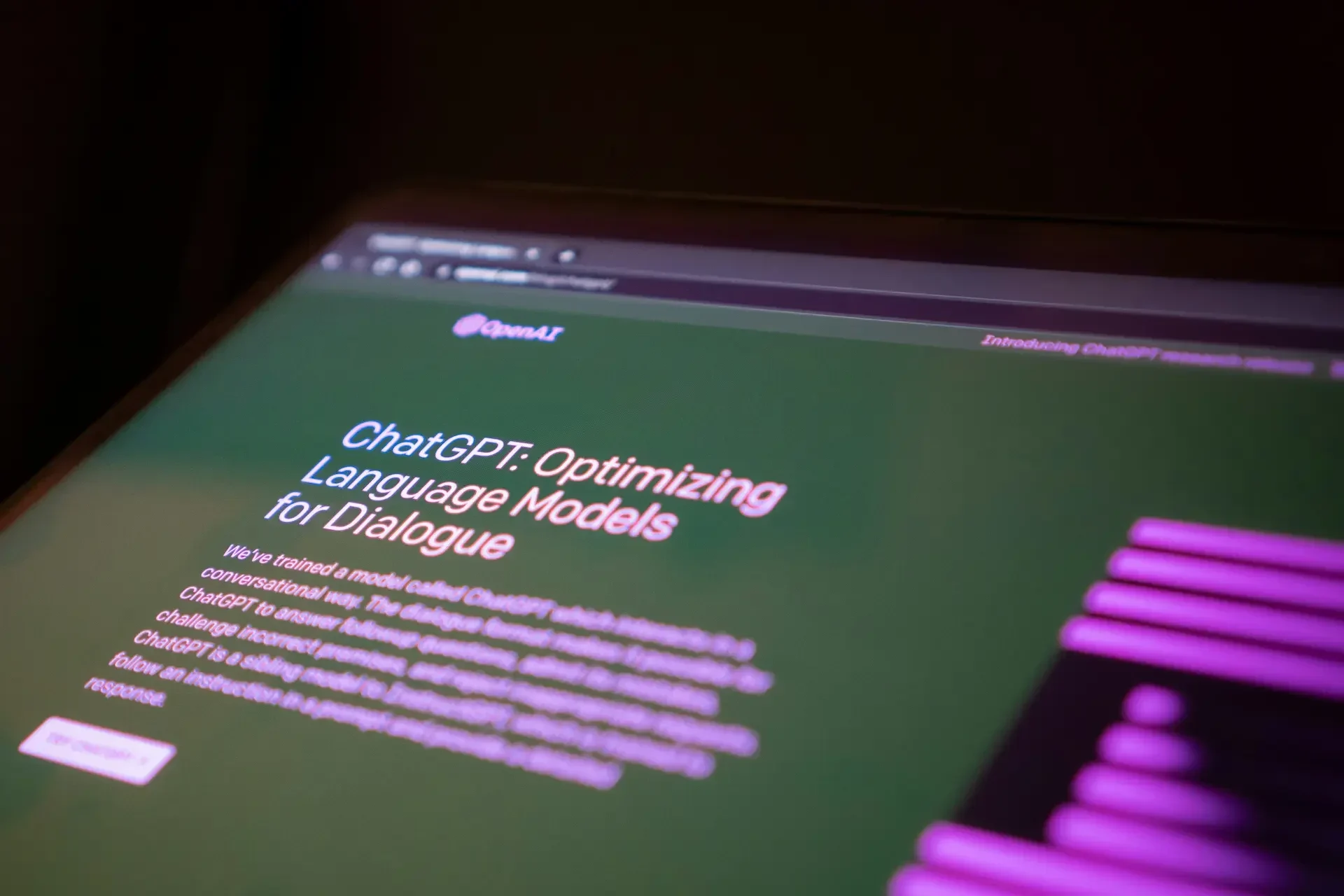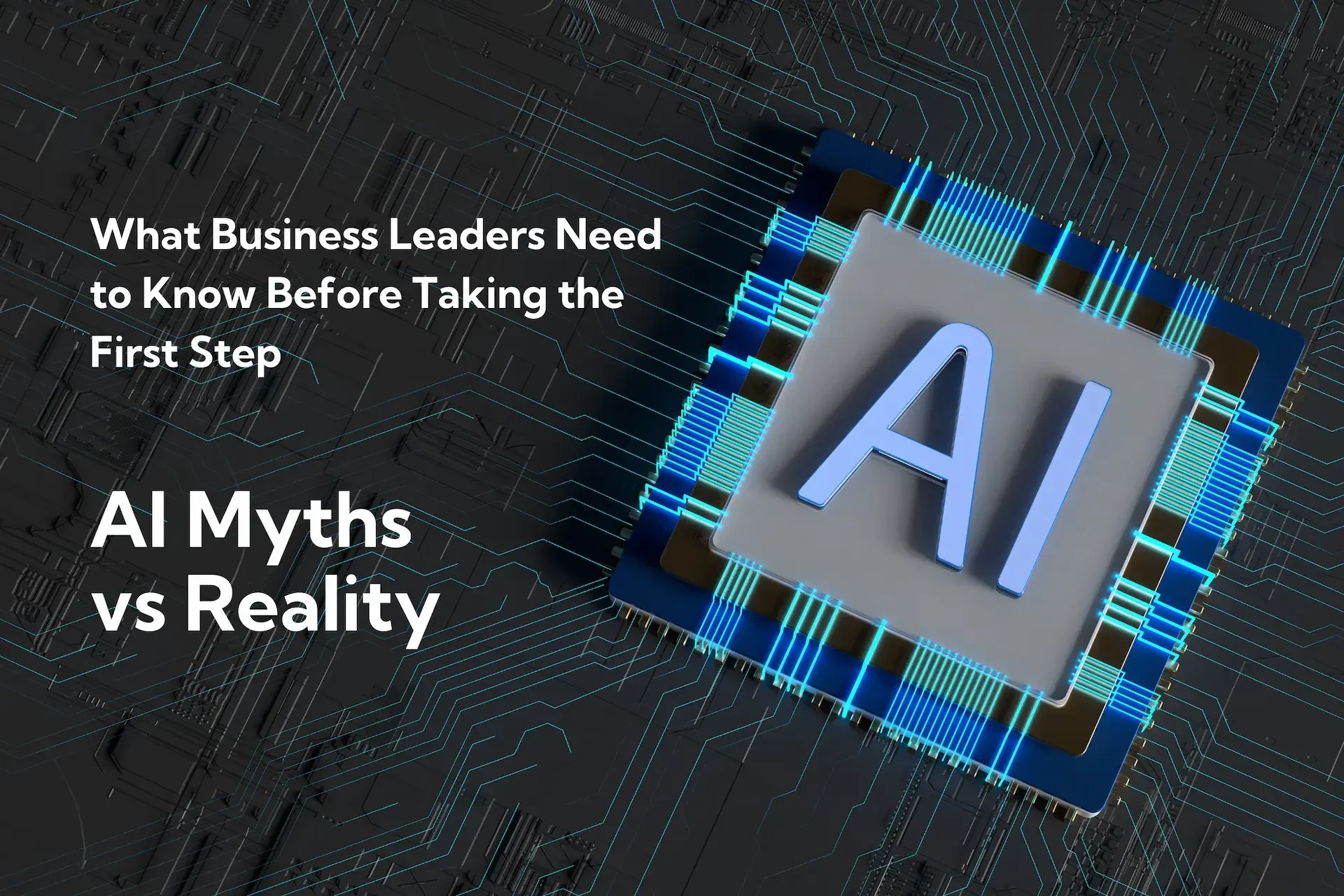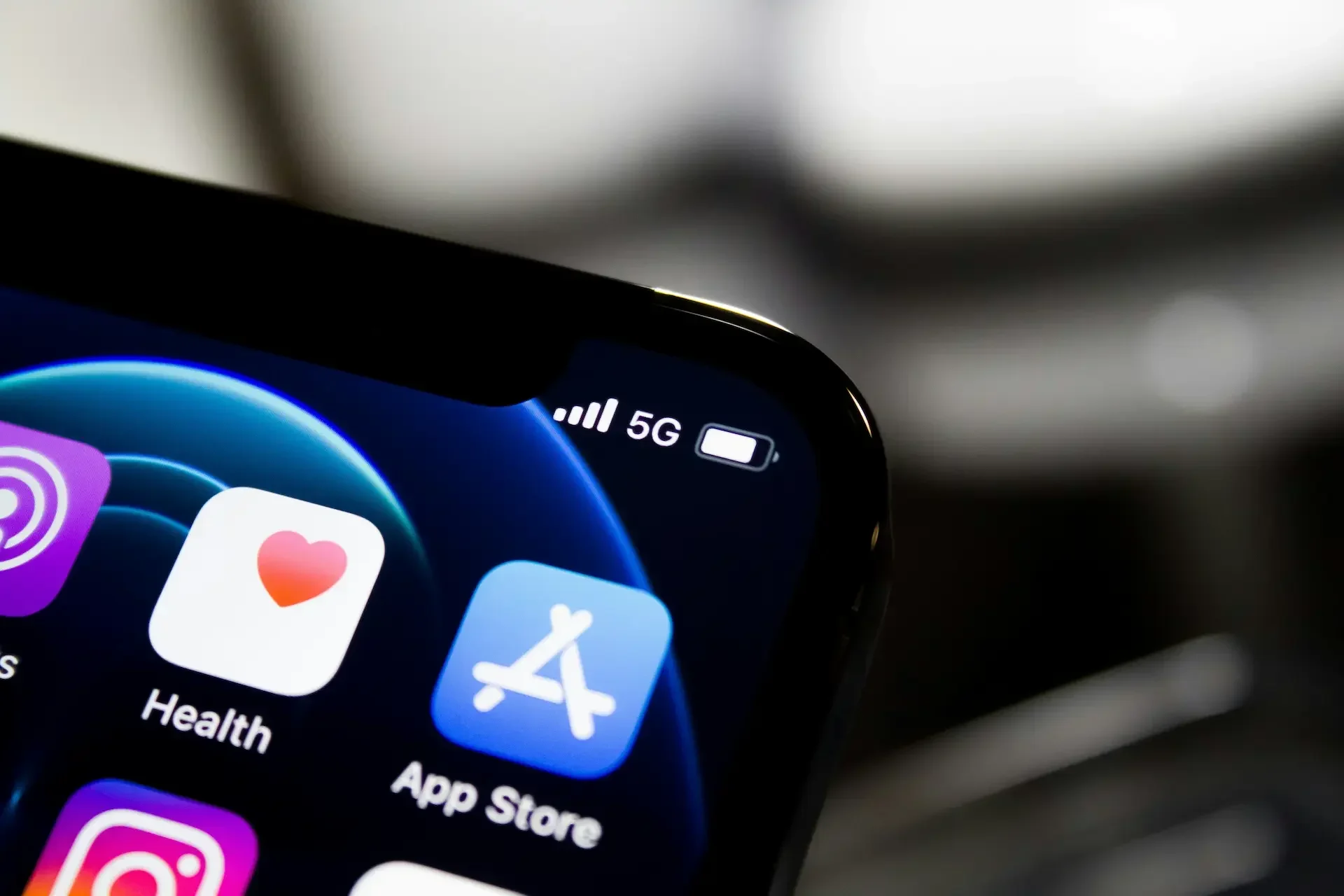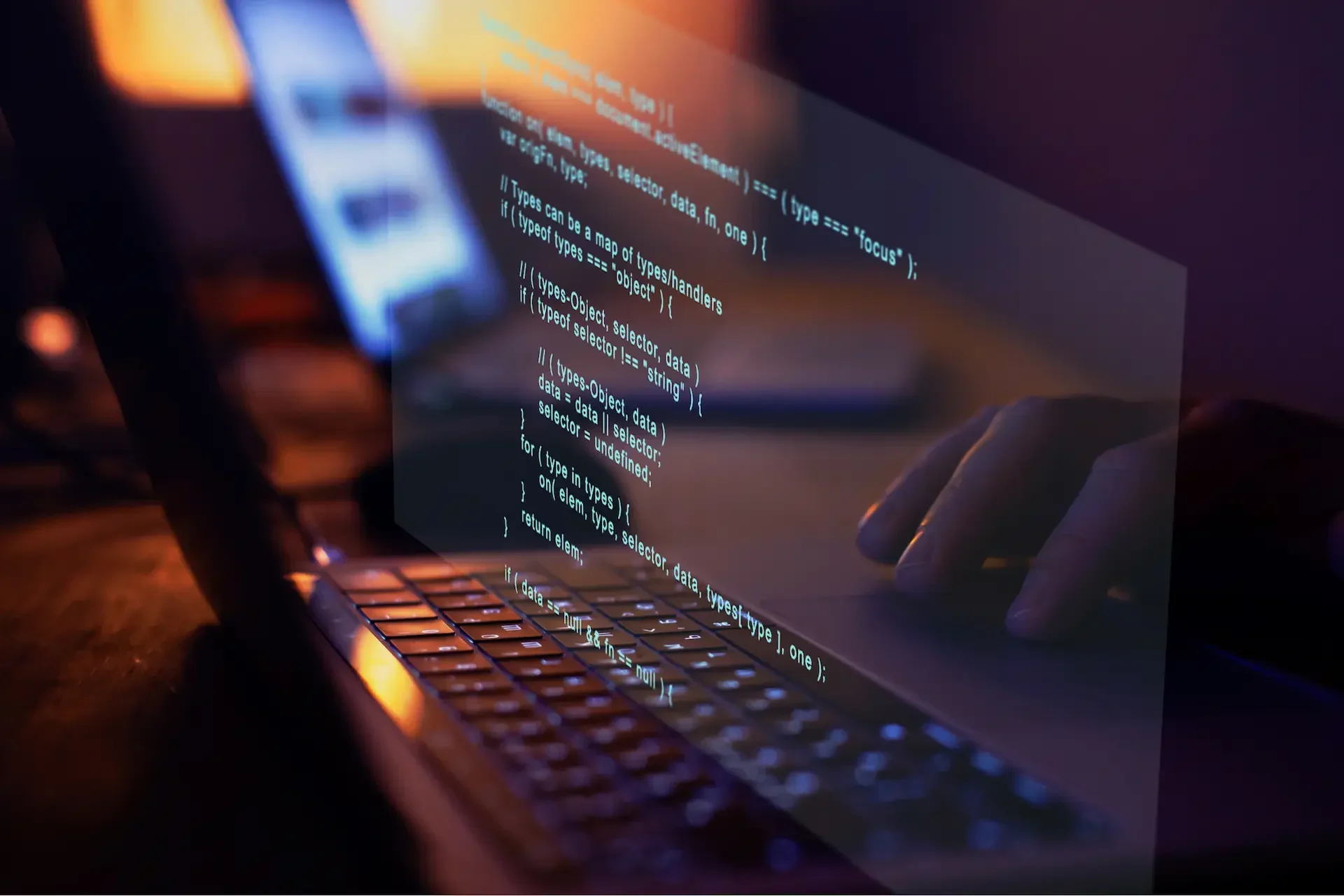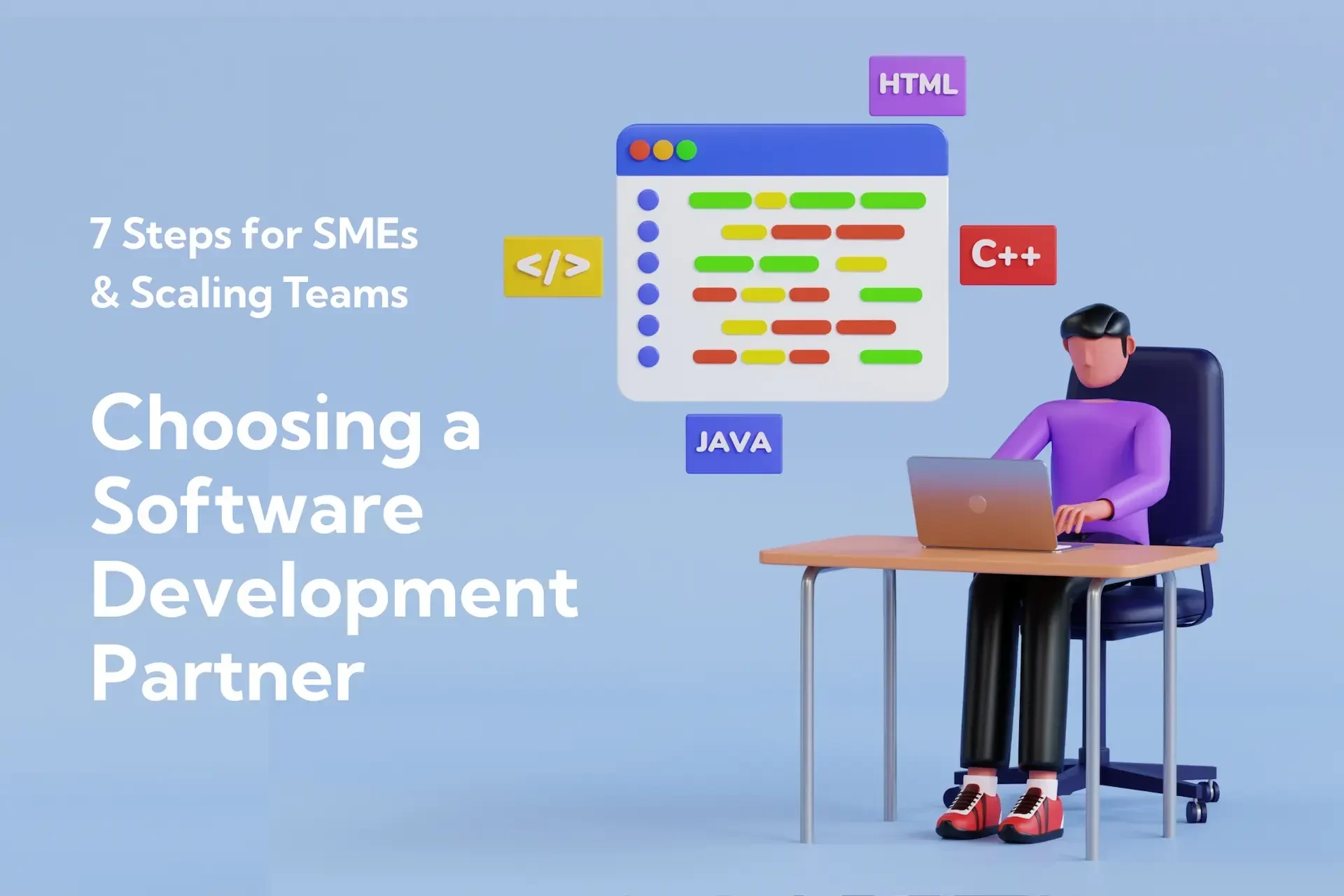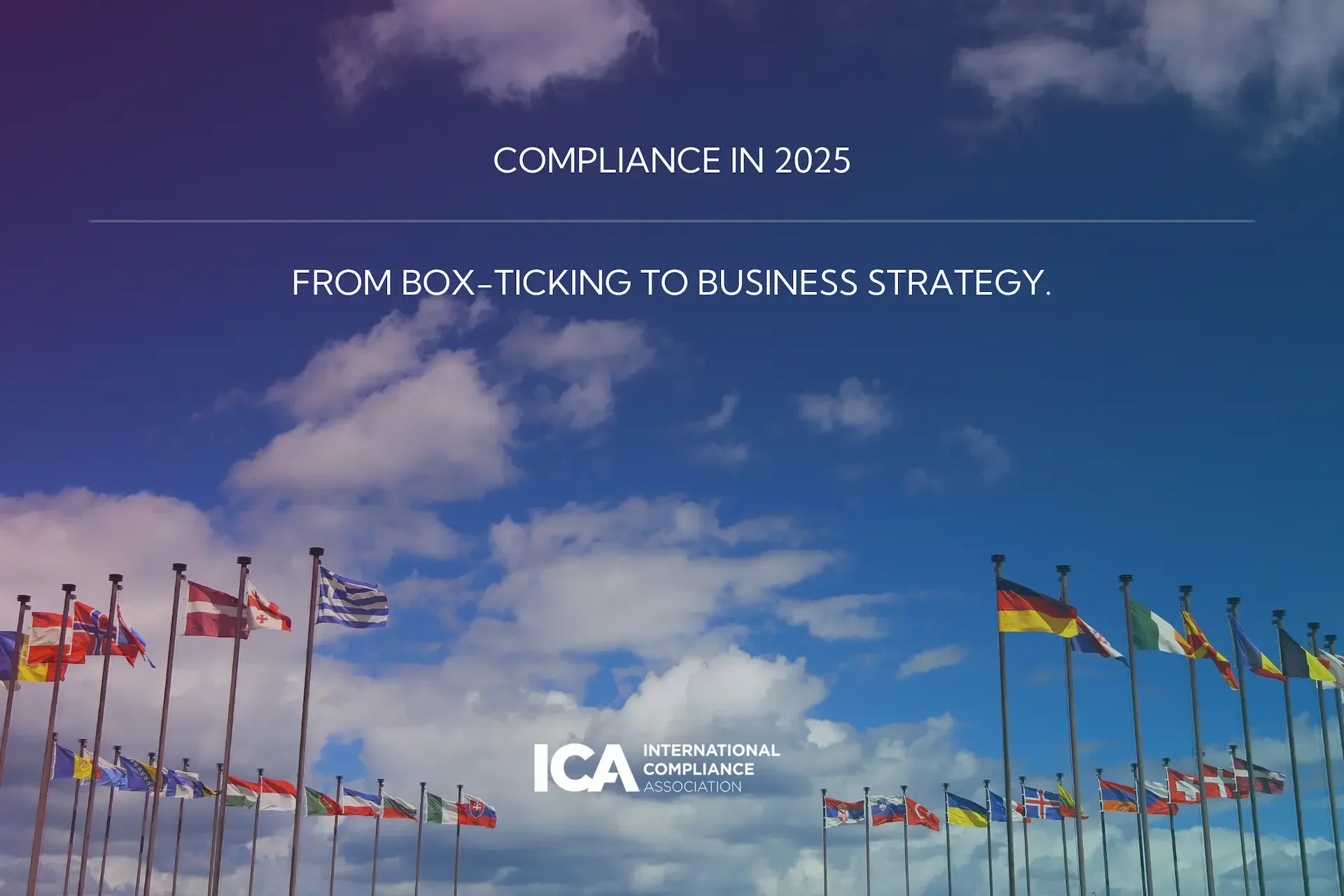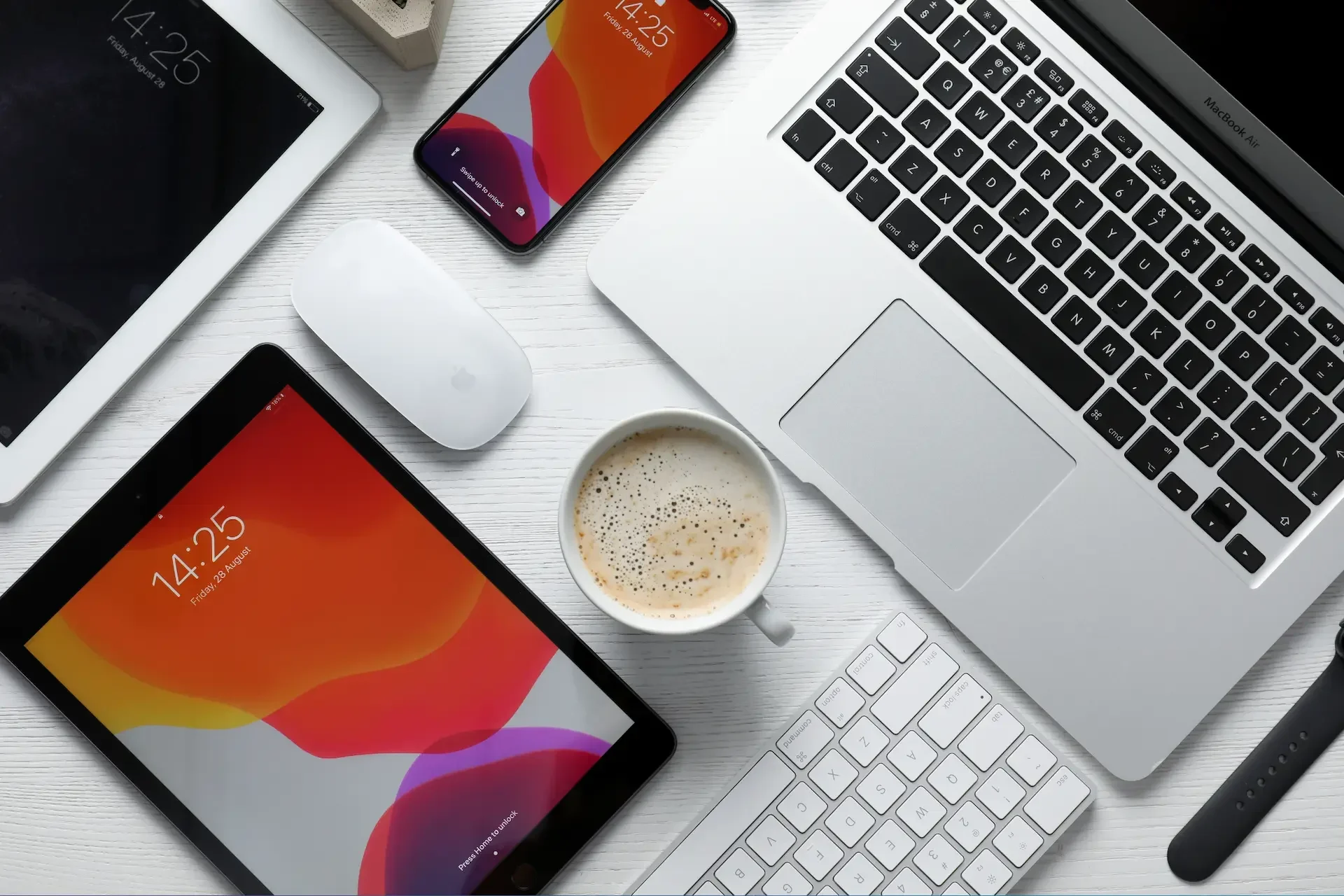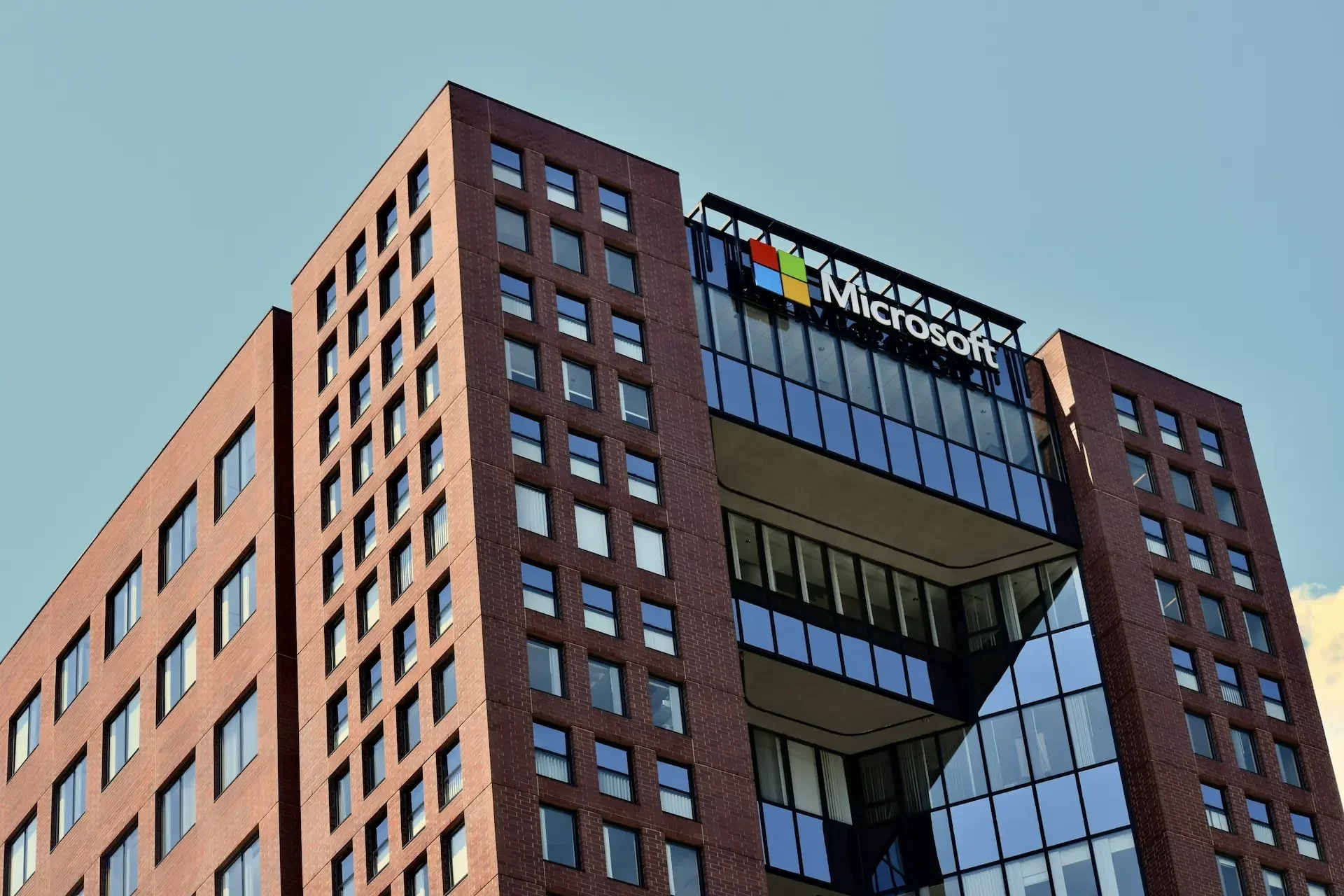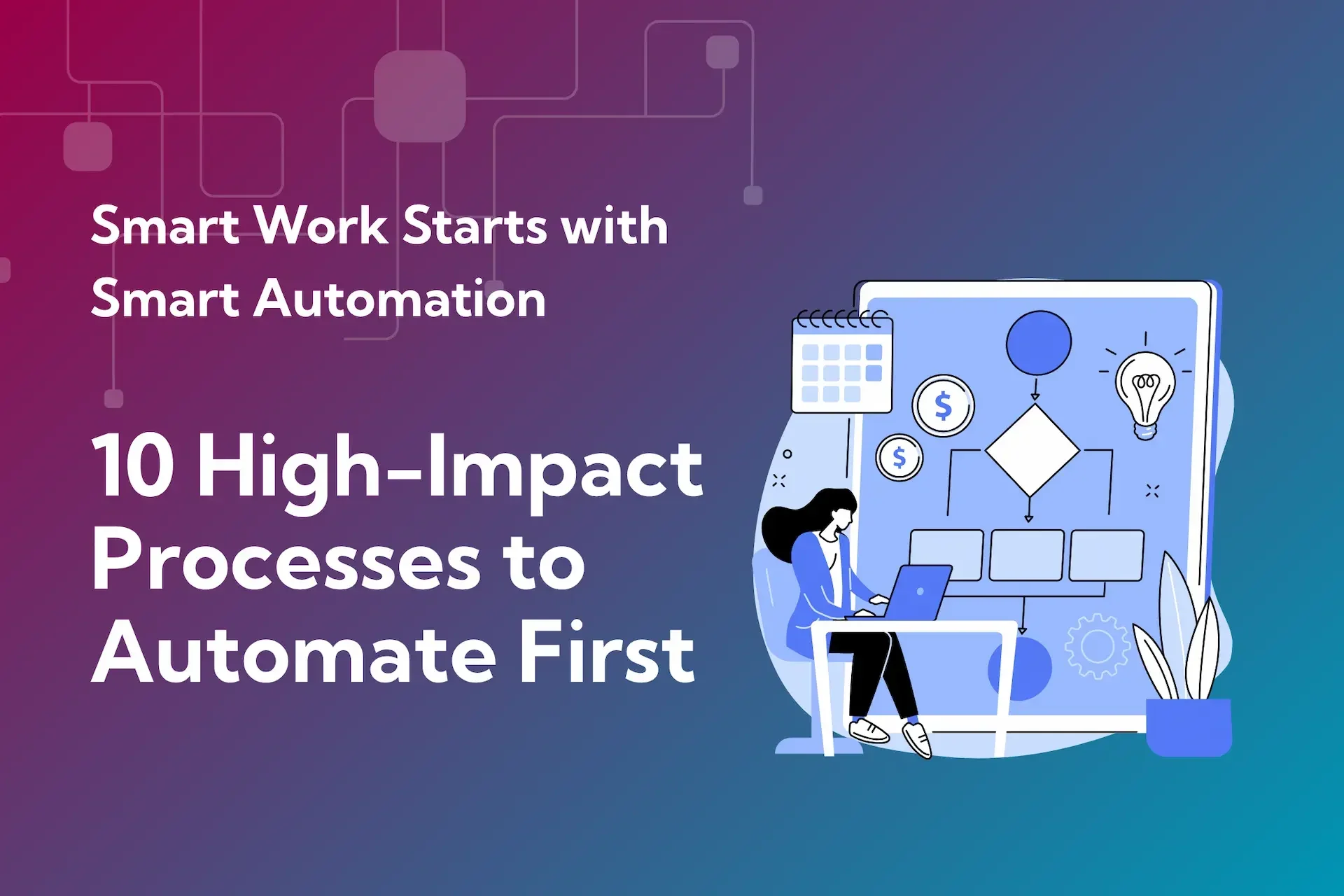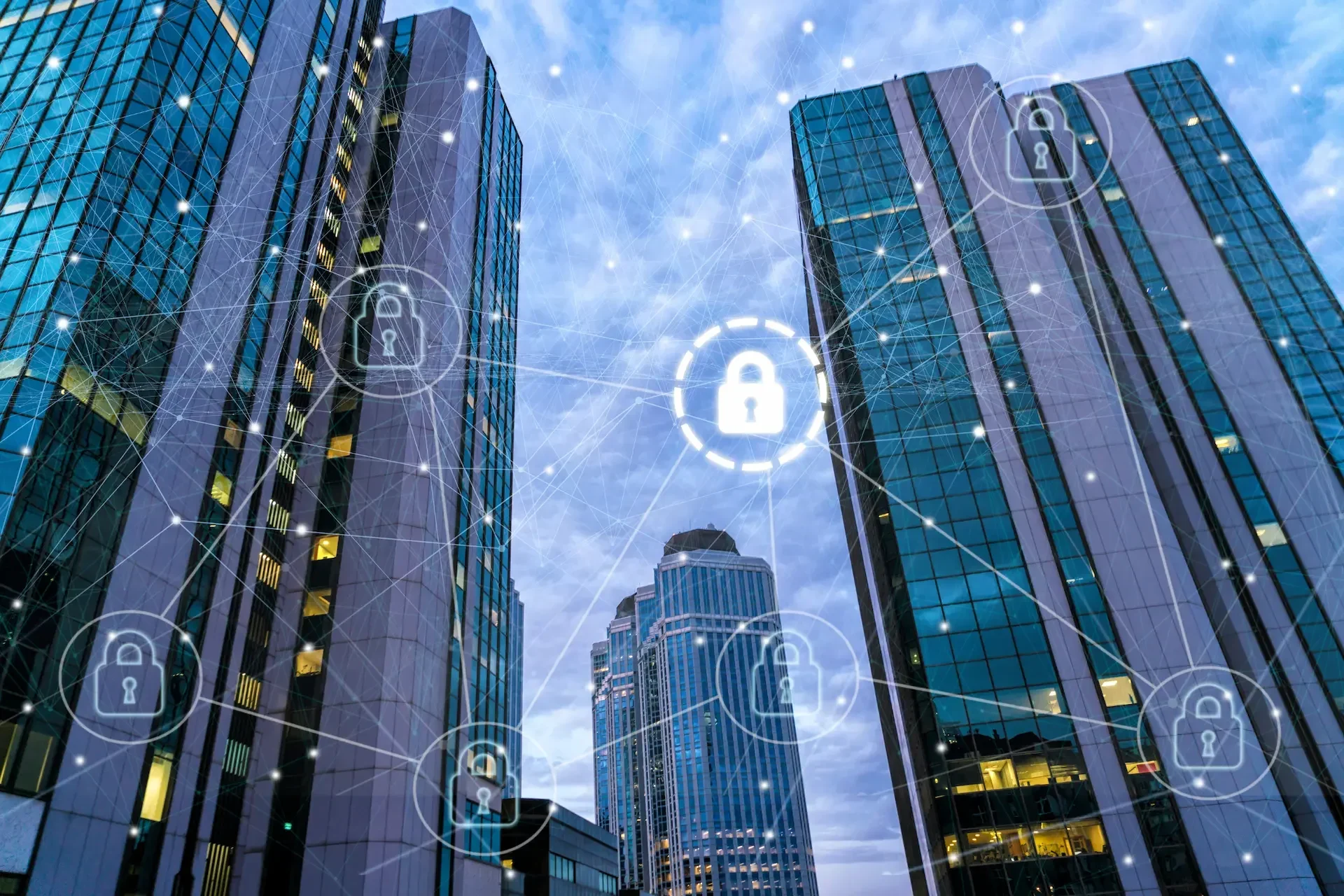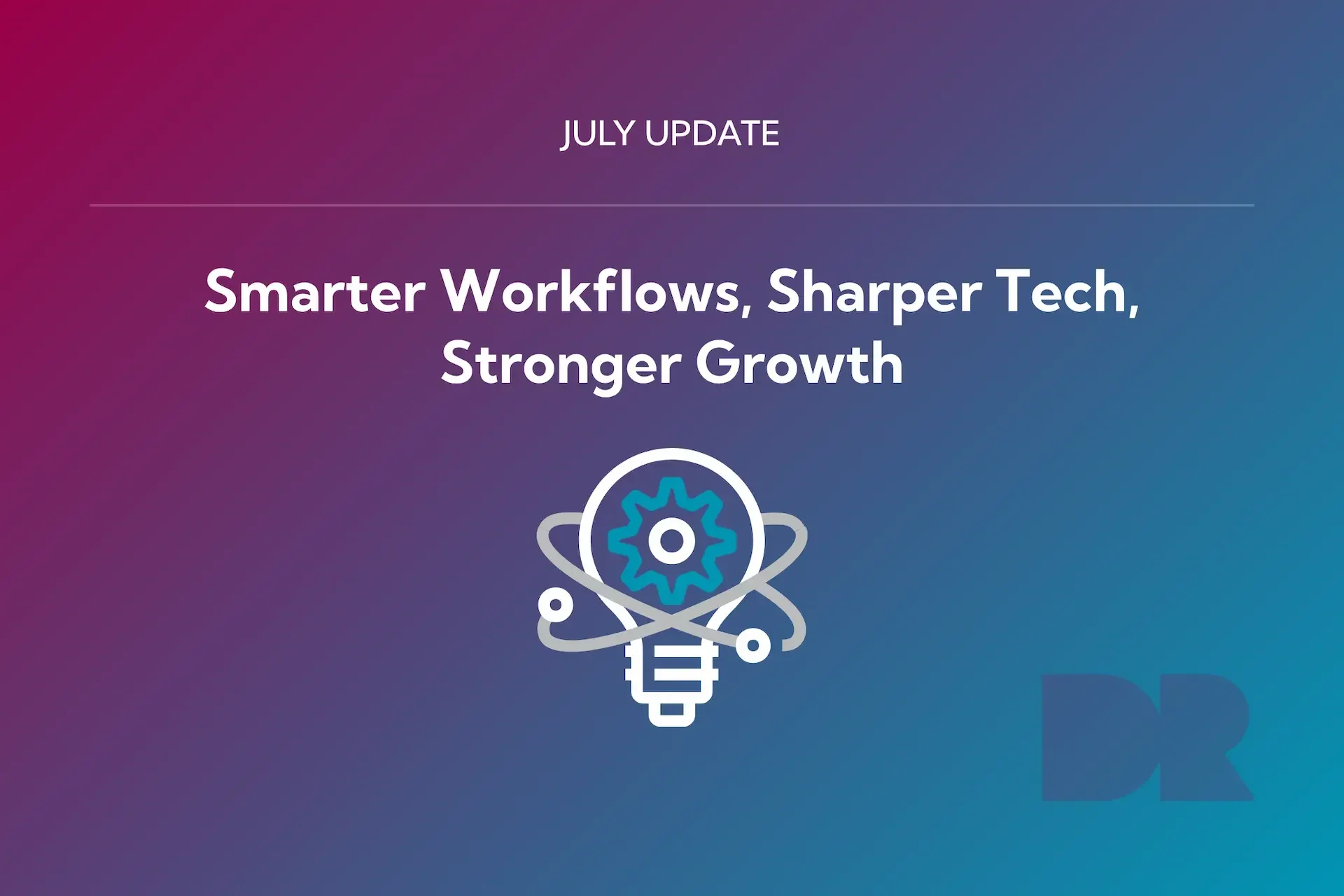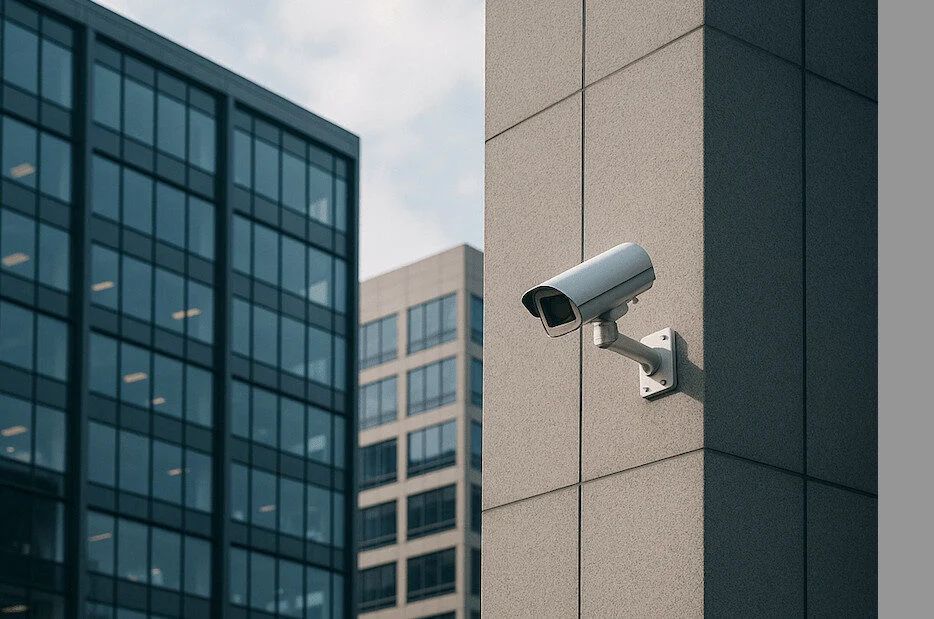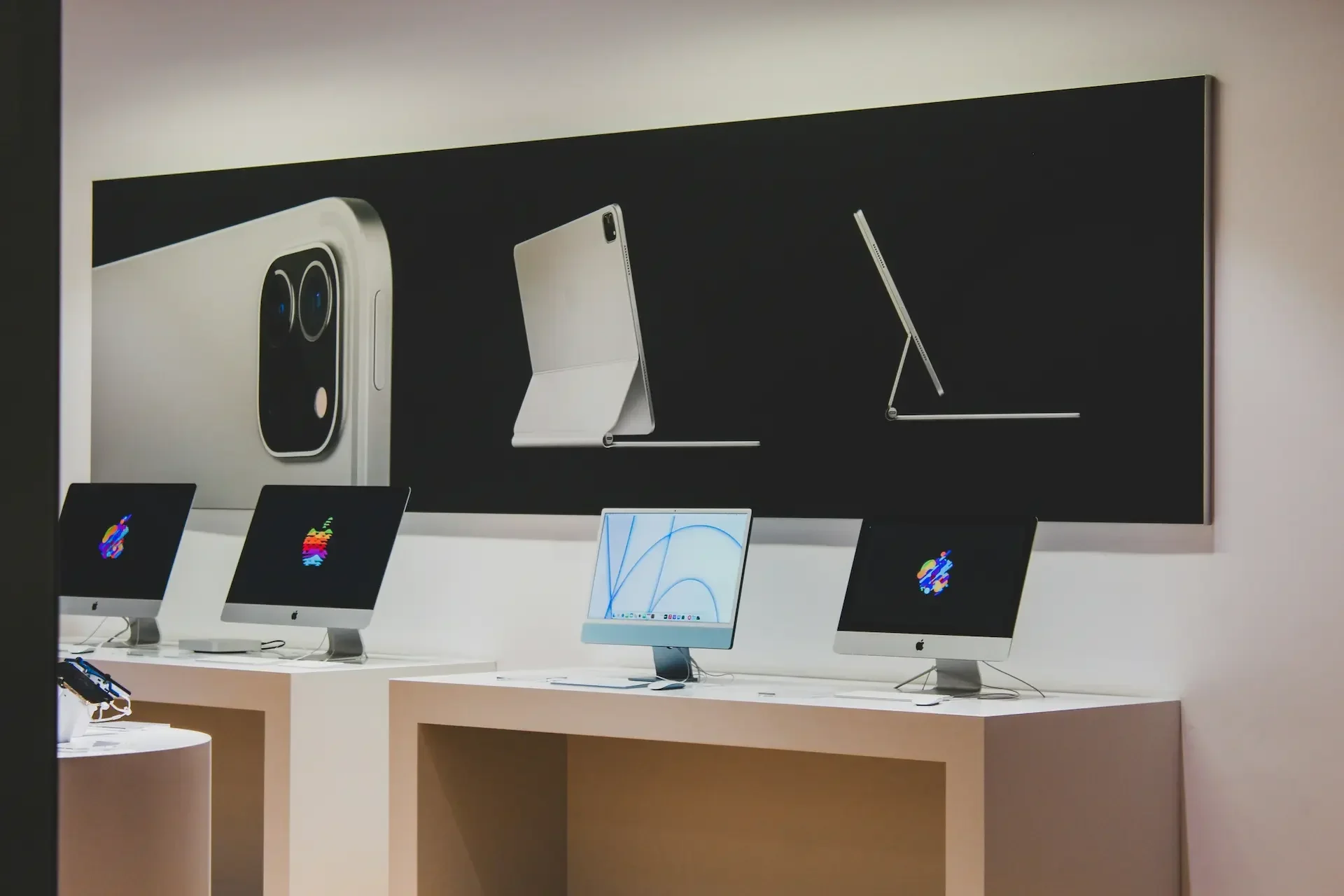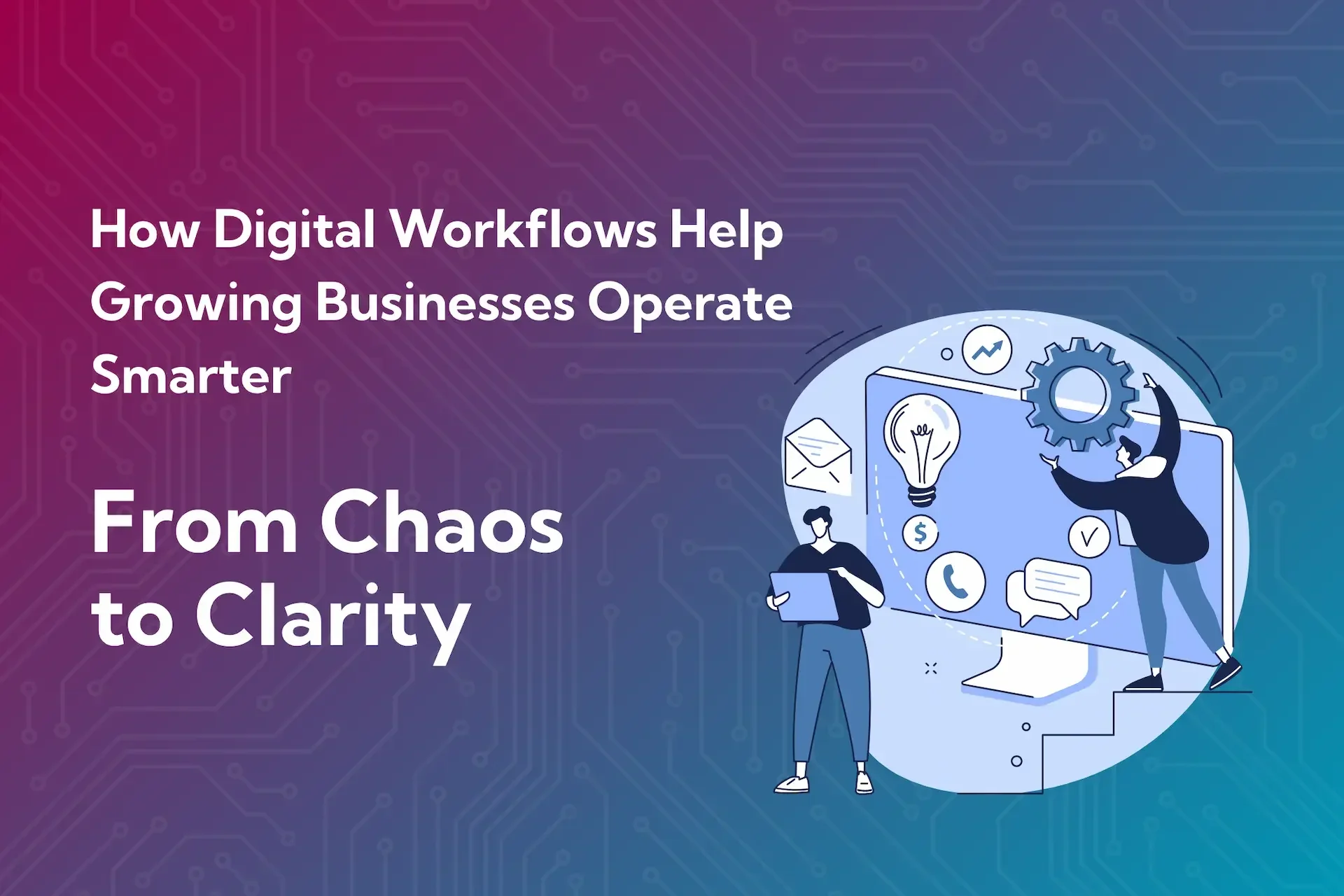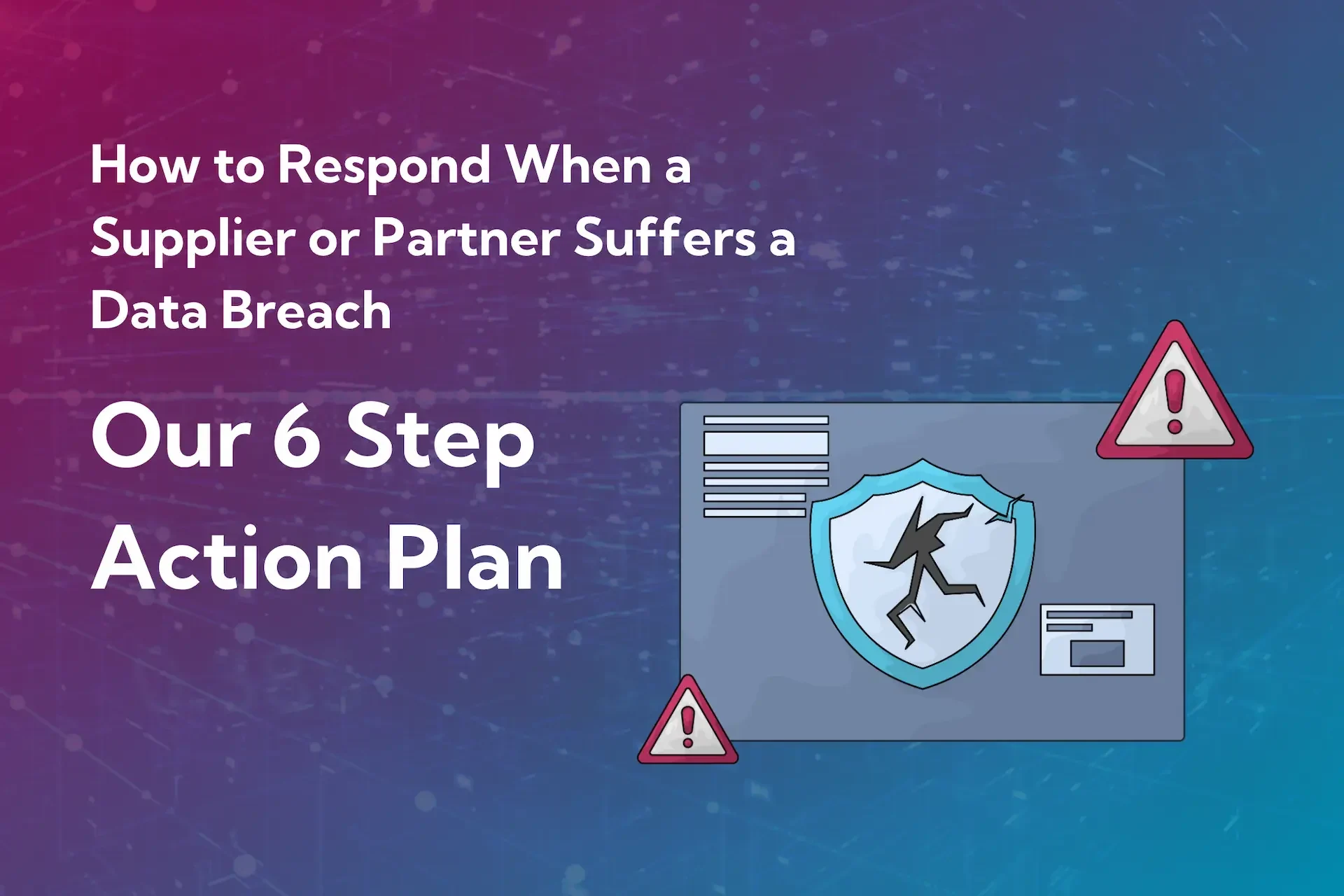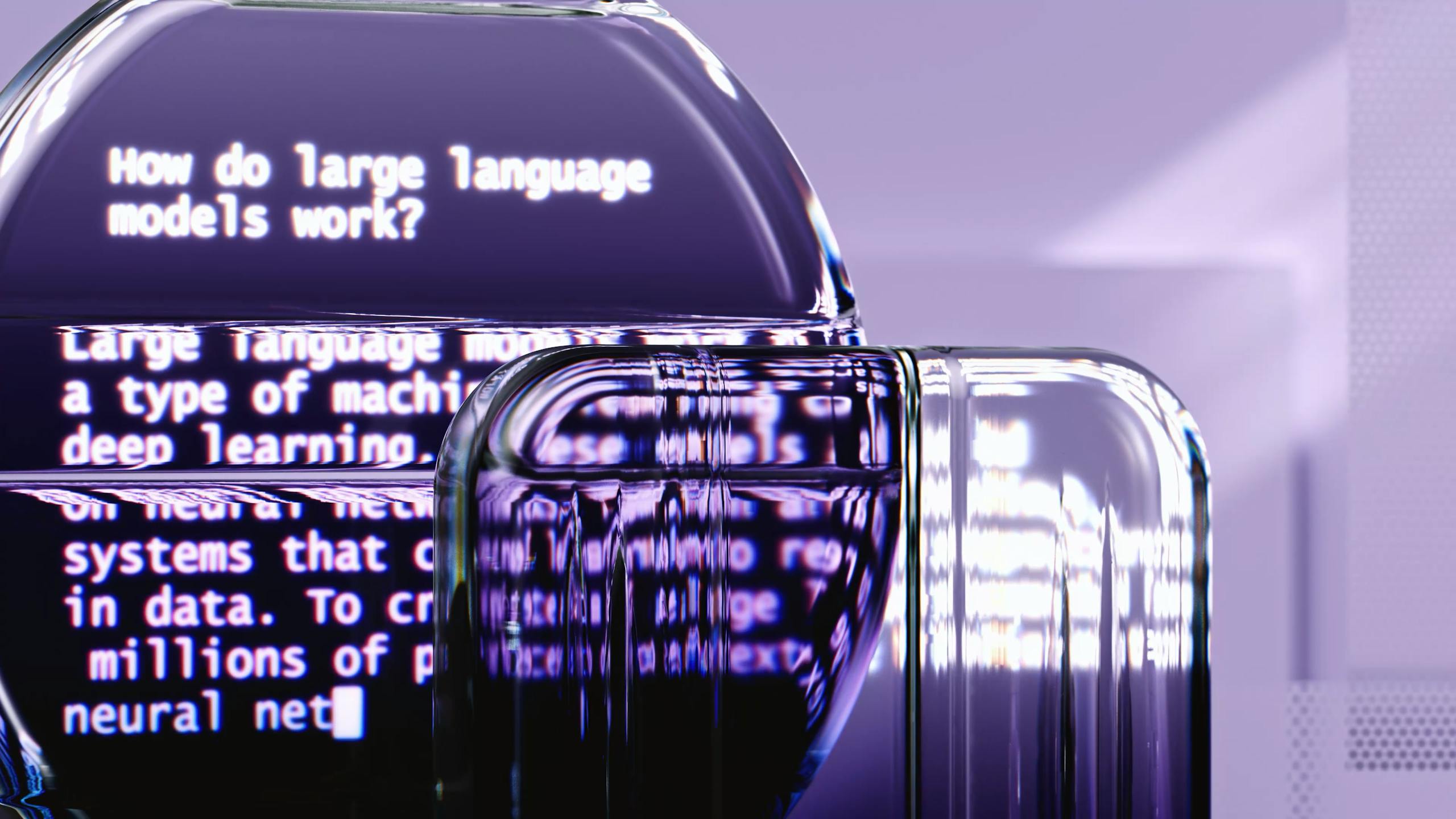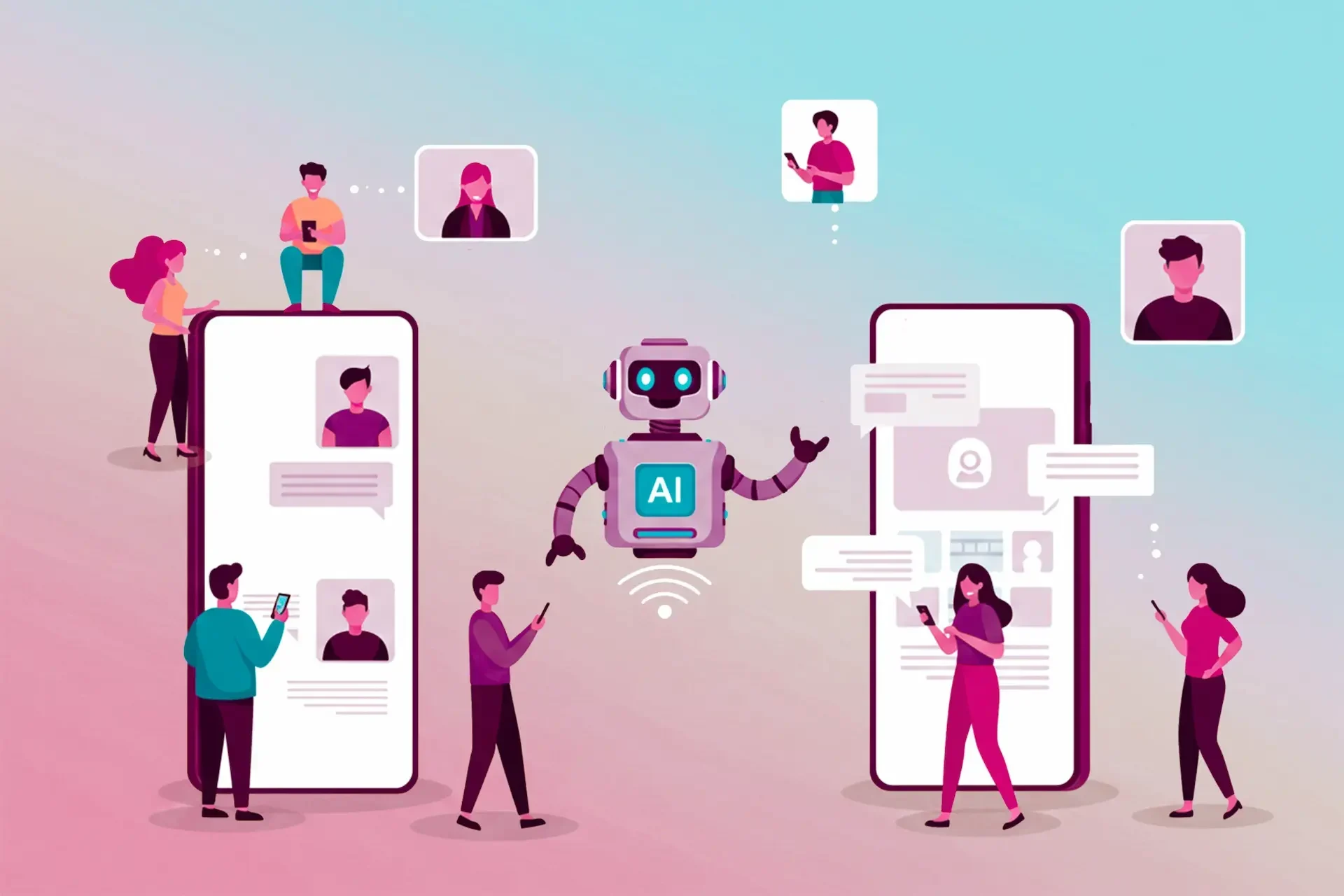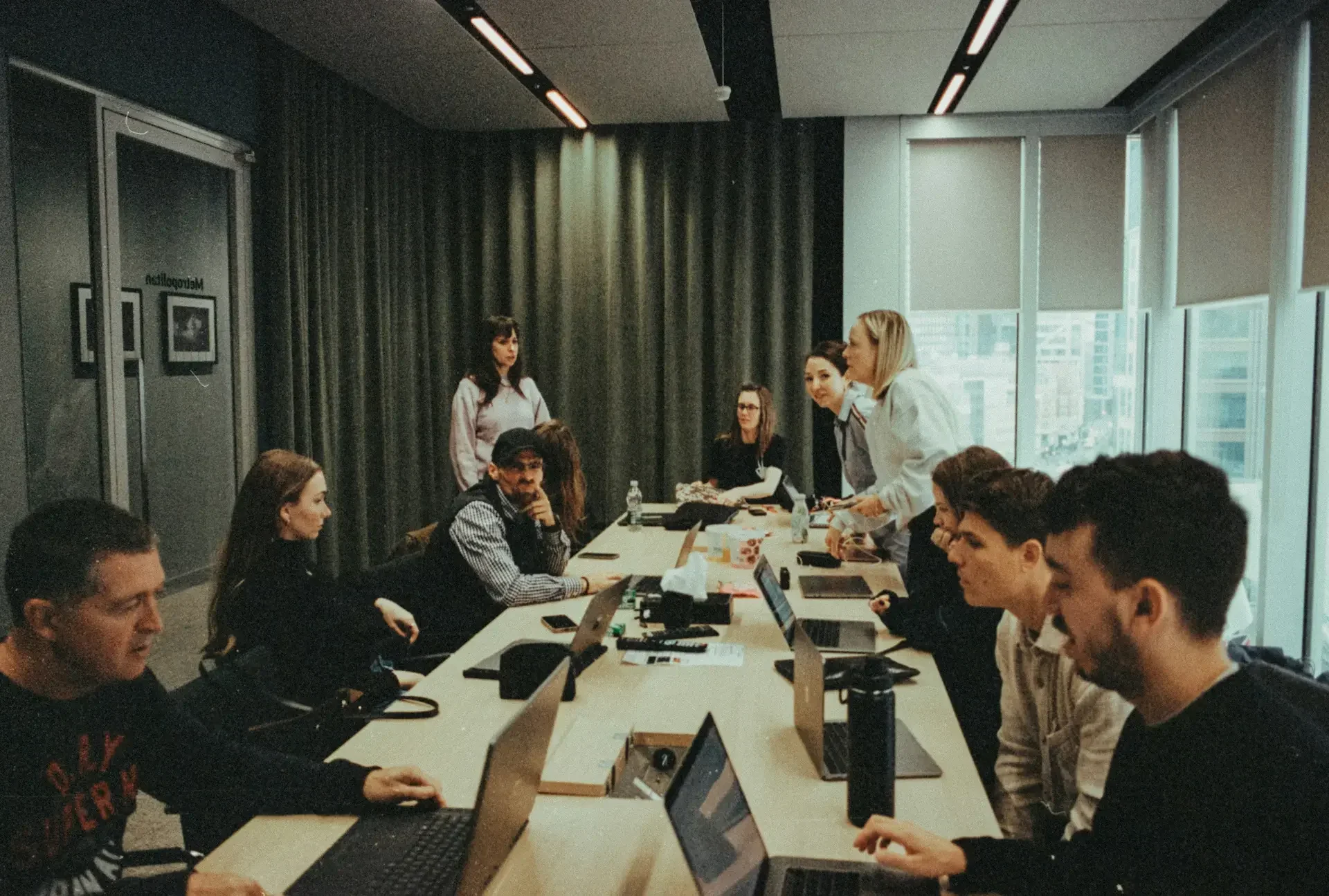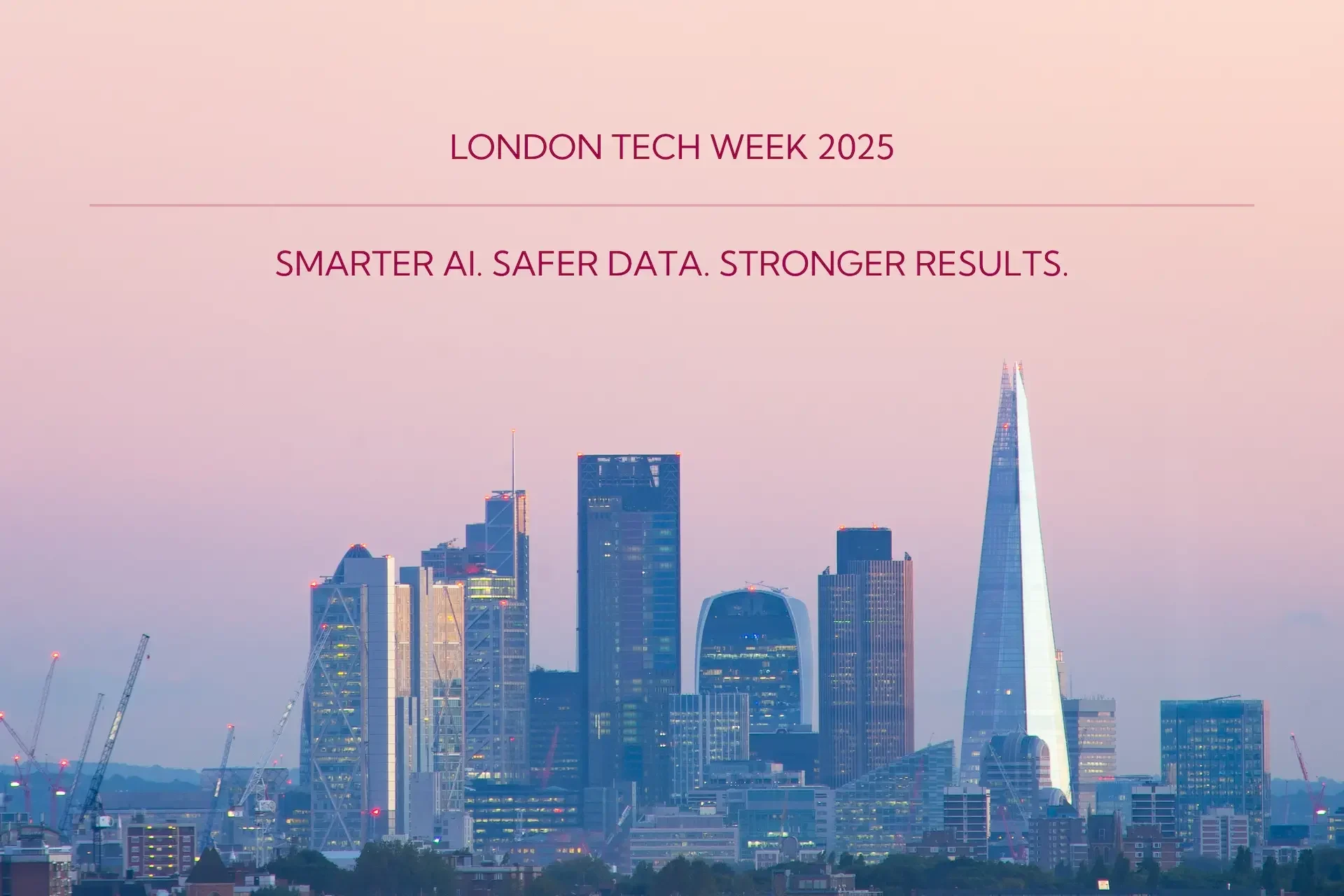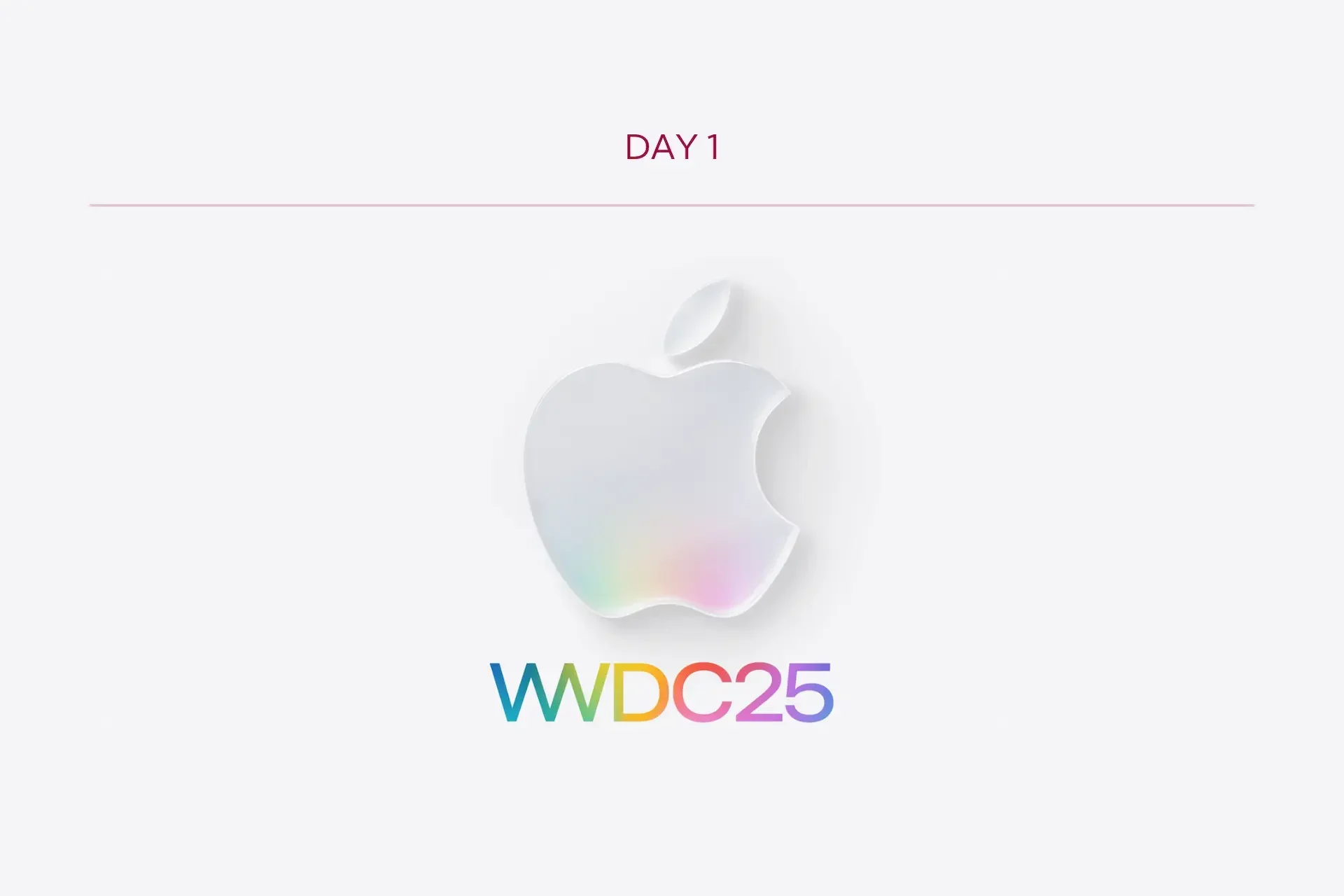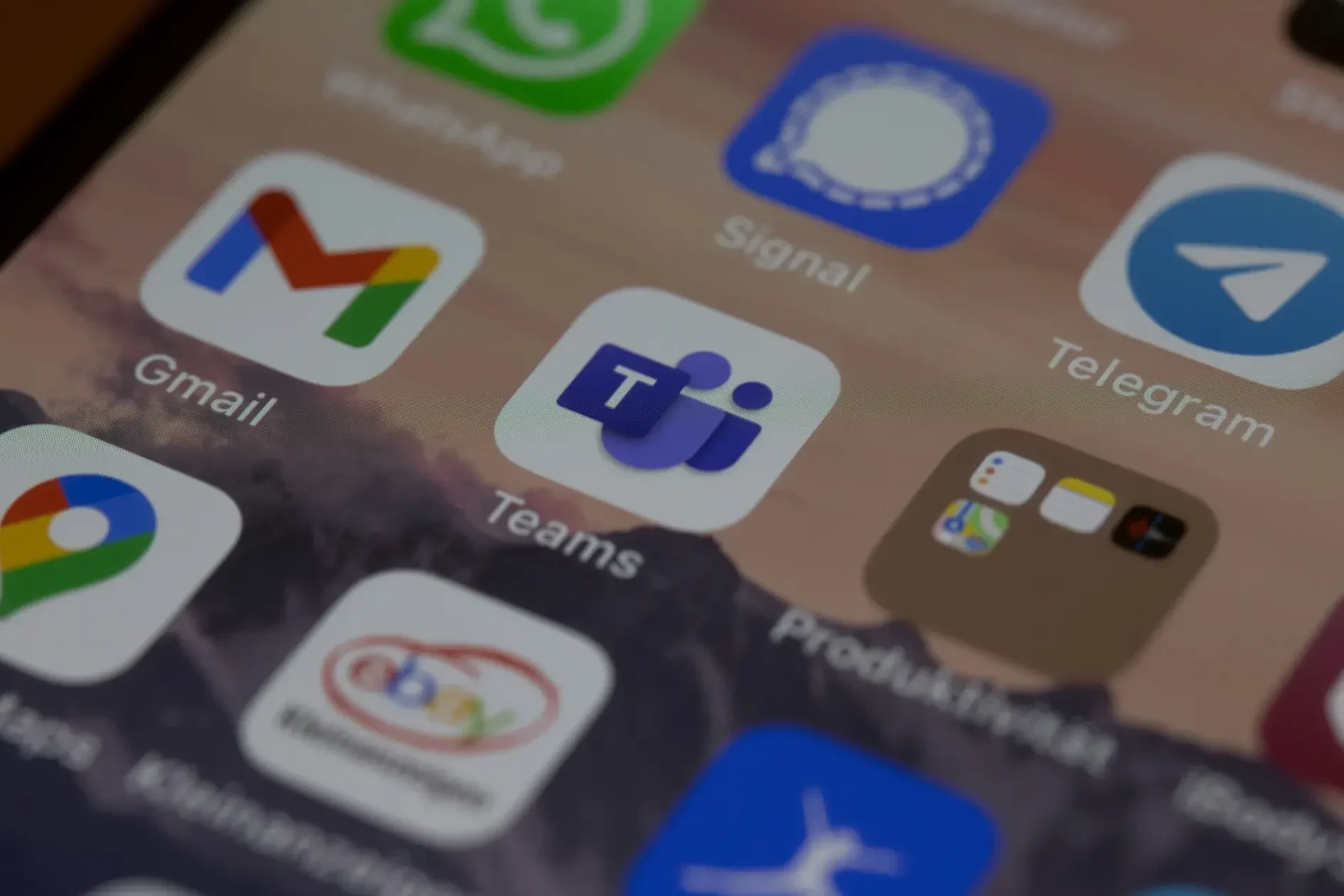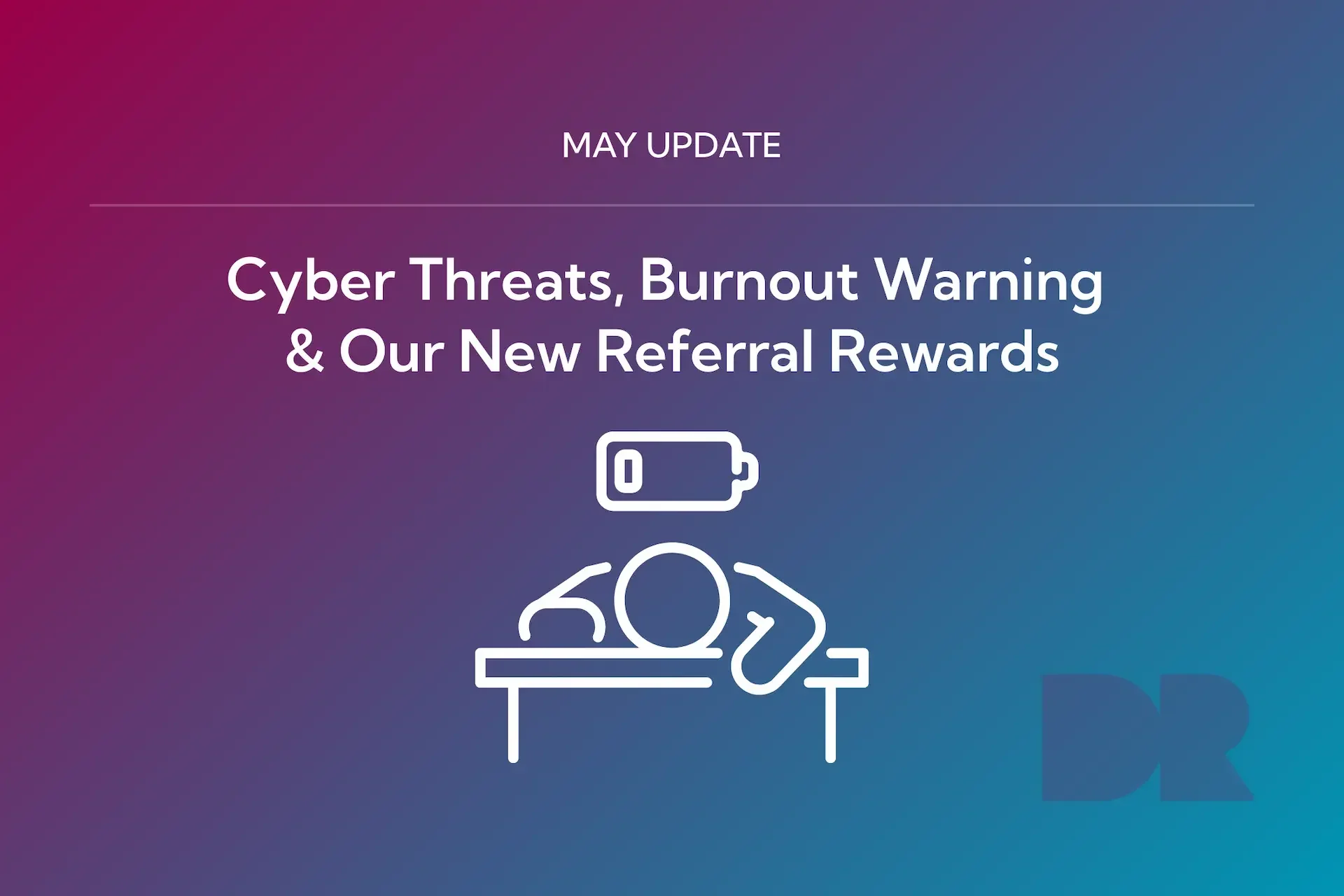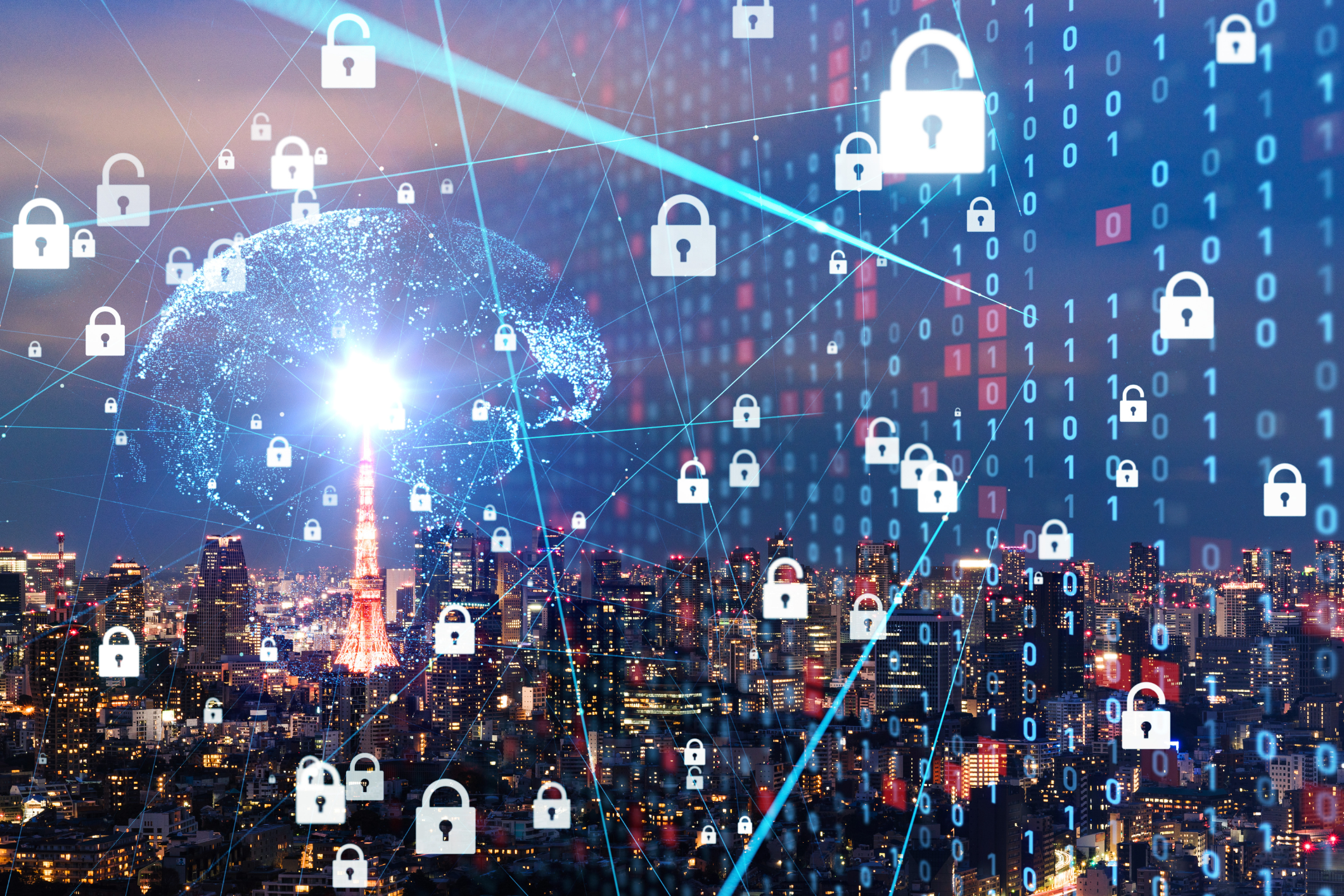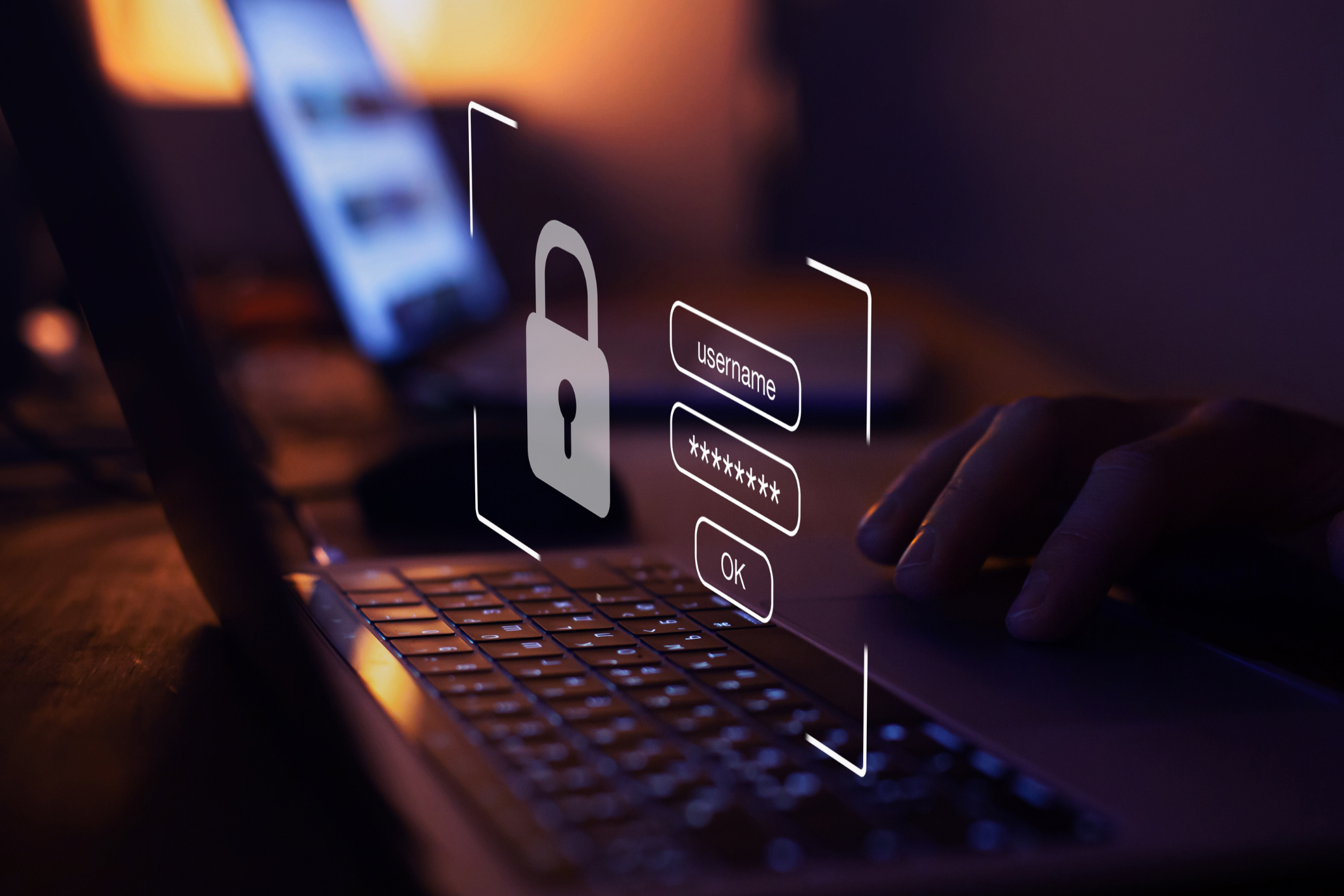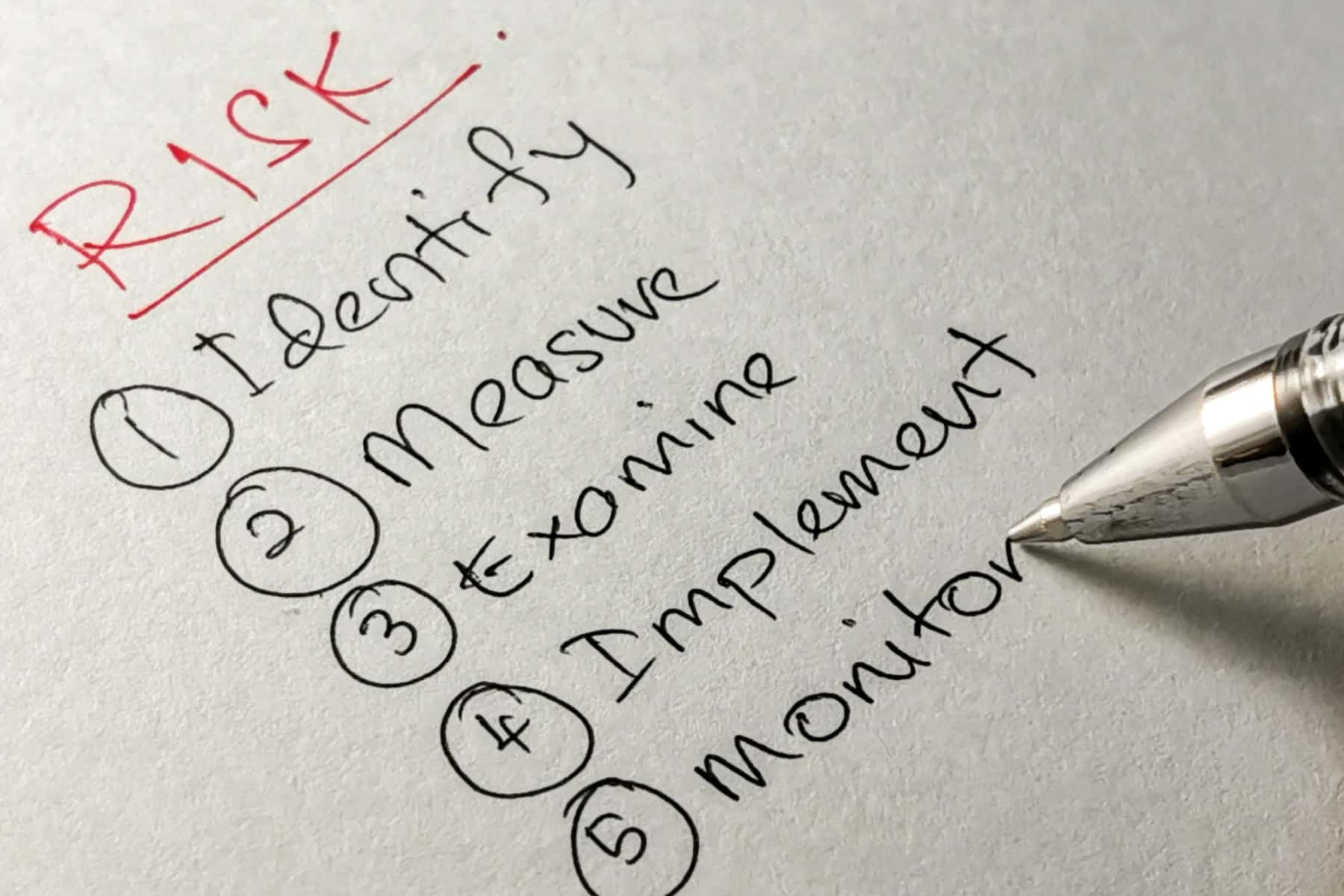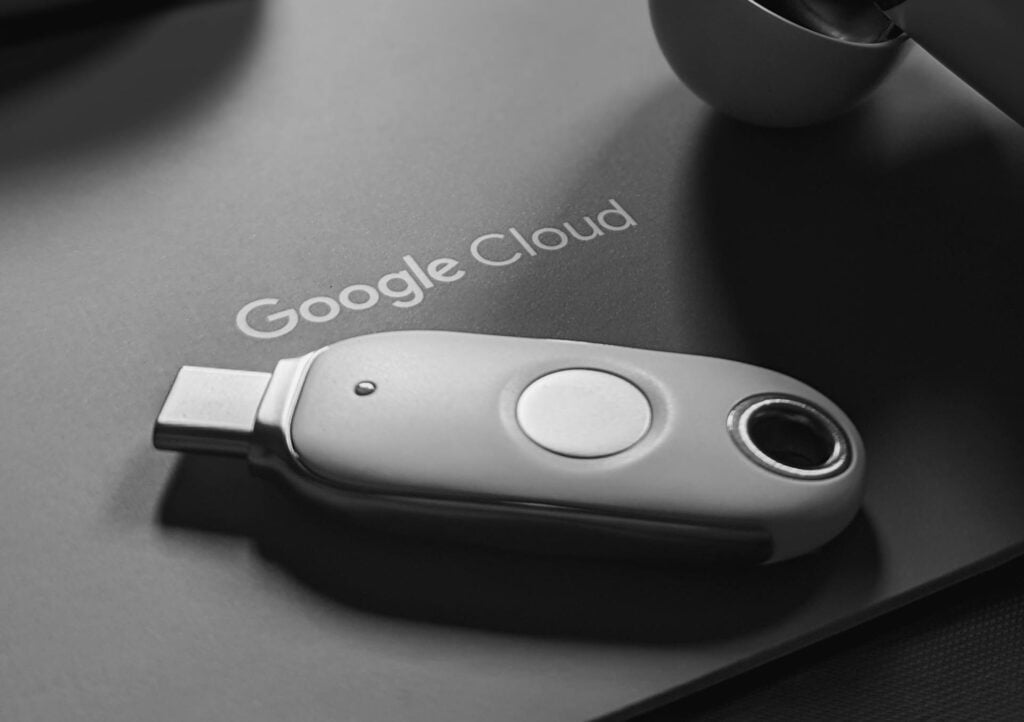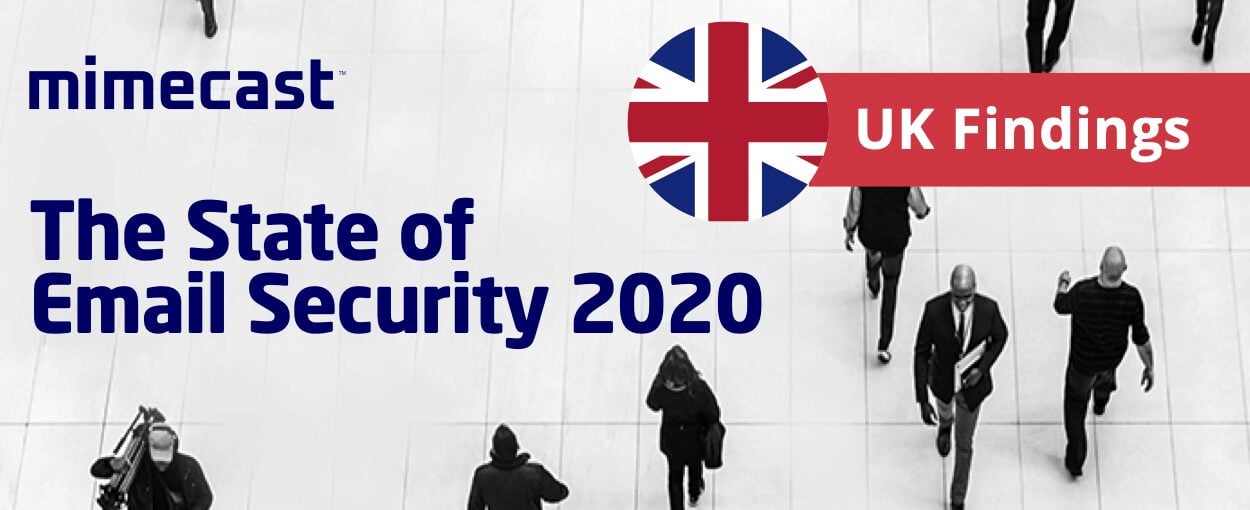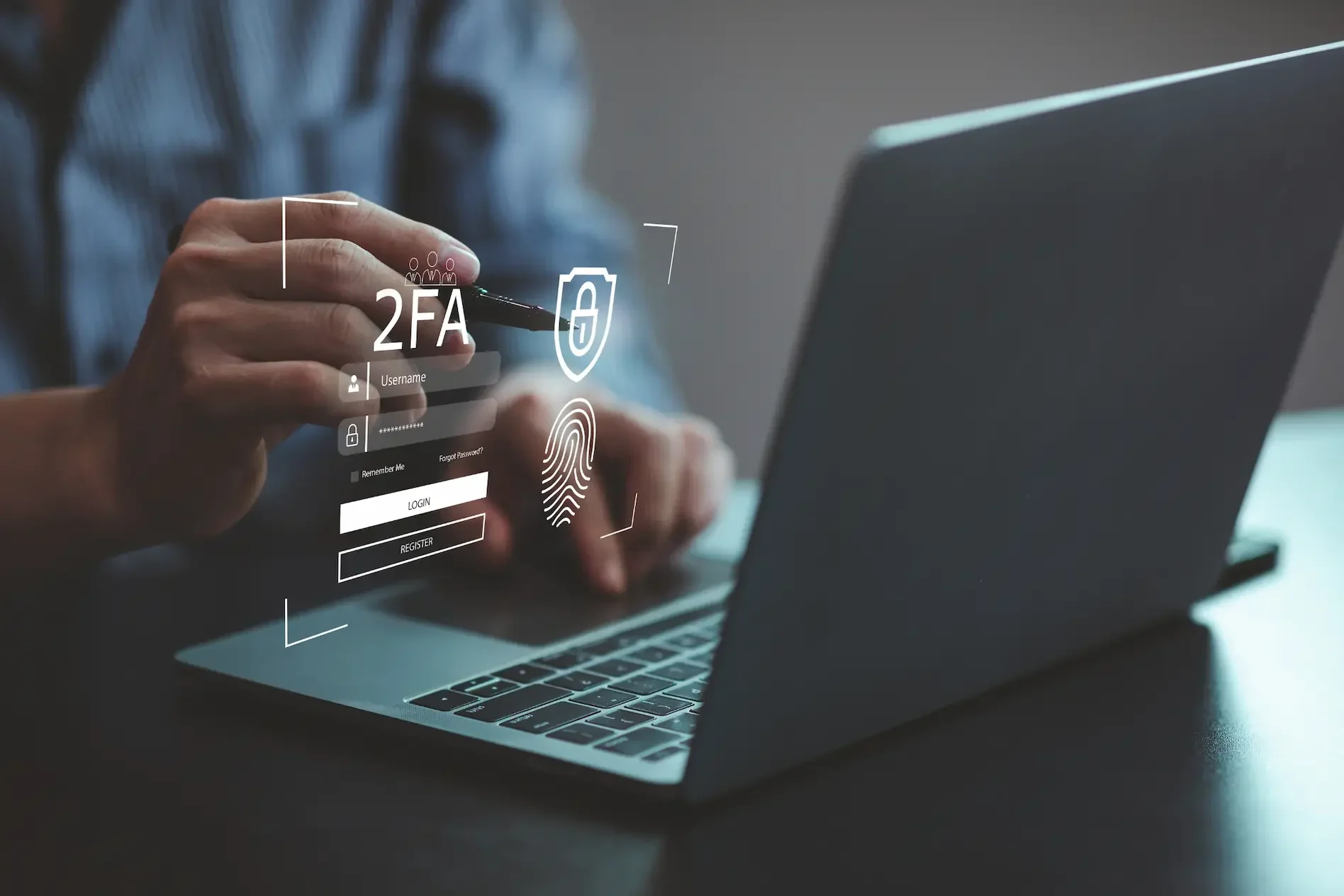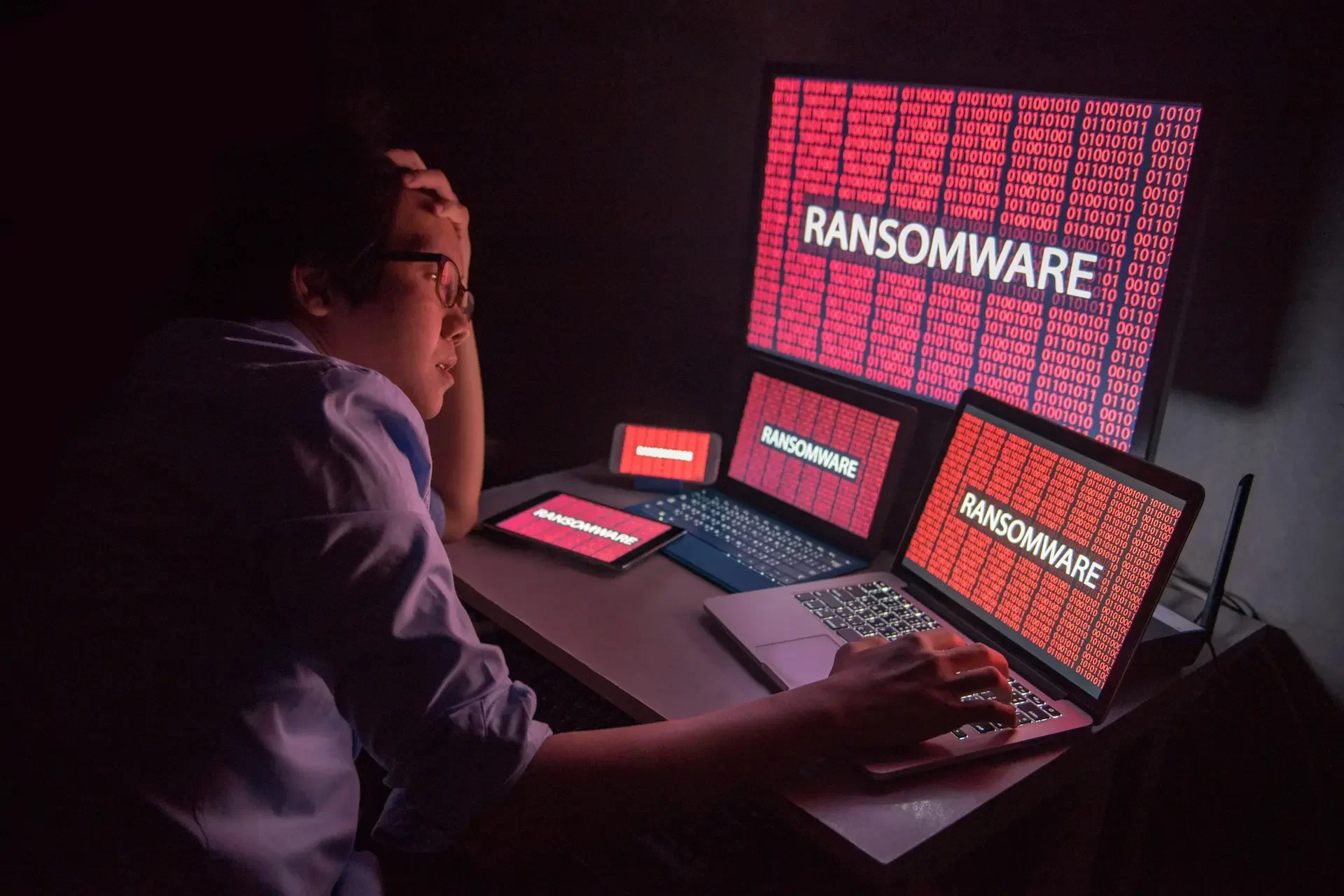A ransomware attack on Collins Aerospace’s airport check-in software “Muse” disrupted Heathrow, Berlin, and Brussels, forcing manual check-ins and delays across Europe. The incident highlights how dependent businesses are on third-party software, the growing scale of ransomware, and why layered defences and proactive supplier risk management are now non-negotiable.
A Cyber Attack That Grounded Europe’s Airports
On Friday, a ransomware attack crippled Collins Aerospace’s “Muse” check-in platform, which powers passenger processing for multiple European airports. Heathrow, Berlin, and Brussels were among the hardest hit, with thousands of check-in terminals locked down. By Monday, airports were scrambling to restore normal operations, while Collins Aerospace confirmed the attack affected thousands of systems across its network.
According to internal airport memos and the European Union Agency for Cybersecurity (ENISA), the breach forced staff to fall back on manual processes, delaying flights, frustrating travellers, and exposing the fragility of aviation’s digital backbone.
What Exactly Happened in the Airport Ransomware Attack?
- Friday evening: Collins Aerospace detects a ransomware intrusion targeting “Muse.”
- Weekend disruption: Airports across Europe switch to manual boarding and check-in.
- Monday morning: Recovery efforts intensify as flights remain delayed and airlines scramble.
Collins Aerospace confirmed that “a cyber criminal group encrypted systems and demanded payment in bitcoin.” Thousands of machines were affected, forcing temporary shutdowns across its aviation customer base.
How Ransomware Works – and Why Airports Are a Target
Ransomware encrypts data and systems, locking out users until a payment, usually in cryptocurrency, is made. The criminal group often threatens to leak sensitive data if the ransom isn’t paid.
Why aviation?
- Airports are high-stakes, high-visibility targets where downtime is costly.
- Complex, interconnected systems offer multiple attack vectors.
- Criminal gangs know organisations under pressure are more likely to pay.
This is part of a wider trend: ransomware groups are becoming more organised, operating like businesses with dedicated negotiation teams and technical specialists.
The Immediate Impact on Airports and Travellers
- Heathrow: Long queues as staff switched to manual boarding and handwritten manifests.
- Berlin & Brussels: Flight cancellations and significant delays rippled across Europe.
- Airlines & passengers: Knock-on disruption for connecting flights, schedules, and customer confidence.
The incident shows how fast a digital outage can cascade into real-world chaos.
Lessons for Any Organisation Running Critical Software
This wasn’t just an “aviation problem” – the same risks apply to any business reliant on software providers.
- Supplier dependency: If a third-party system fails, your operations may too.
- Business continuity: Manual fallbacks and tested incident response plans are essential.
- Layered defences: Threat detection, endpoint security, and zero-trust policies reduce exposure.
Don’t let supplier vulnerabilities put your business at risk.
Talk to Dr Logic’s cyber experts about building layered defences.
The Bigger Picture: Rising Cyber Threats in Aviation and Beyond
A recent Thales report found a 600% increase in cyberattacks on aviation in the past year.
And it’s not just airports: ransomware has taken down global retailers (Marks & Spencer), law firms, and even healthcare providers. The lesson is clear: critical infrastructure and high-value industries are now prime targets.
How to Protect Your Business from Ransomware
Every SME should take ransomware seriously, especially those relying on cloud services and external providers.
Key defences include:
- Zero-Trust network security to minimise lateral movement.
- Multi-factor authentication across all accounts.
- Regular patching and endpoint monitoring to close known vulnerabilities.
- Staff training & phishing simulations to stop attackers at the inbox.
- Supplier risk management to evaluate the resilience of your partners.
Dr Logic’s Cyber Security Approach
At Dr Logic, we deliver ITaaS with cyber security at its core. Our model combines:
- 24/7 monitoring and rapid response to detect threats early.
- Tailored strategies for creative and collaborative industries where downtime isn’t an option.
- Compliance-ready solutions that scale with your business.
Ready to Strengthen Your Defences?
A ransomware attack can stop your business in its tracks. Don’t wait until it happens to you.
Book a Cyber Health Check with Dr Logic to identify vulnerabilities and build resilience today.
FAQs
What is ransomware and how does it work?
Ransomware is malware that encrypts files or systems and demands payment, usually in bitcoin, for their release.
How can airports protect against cyber attacks?
By deploying layered defences, segmenting networks, patching systems, and building strong supplier risk frameworks.
What should businesses do if a supplier suffers a ransomware attack?
Activate your incident response plan, switch to contingency processes, and assess exposure while engaging with cyber security partners.
What is a Zero-Trust security model?
Zero-Trust assumes no device or user is trustworthy by default, enforcing strict identity checks and limiting system access.
